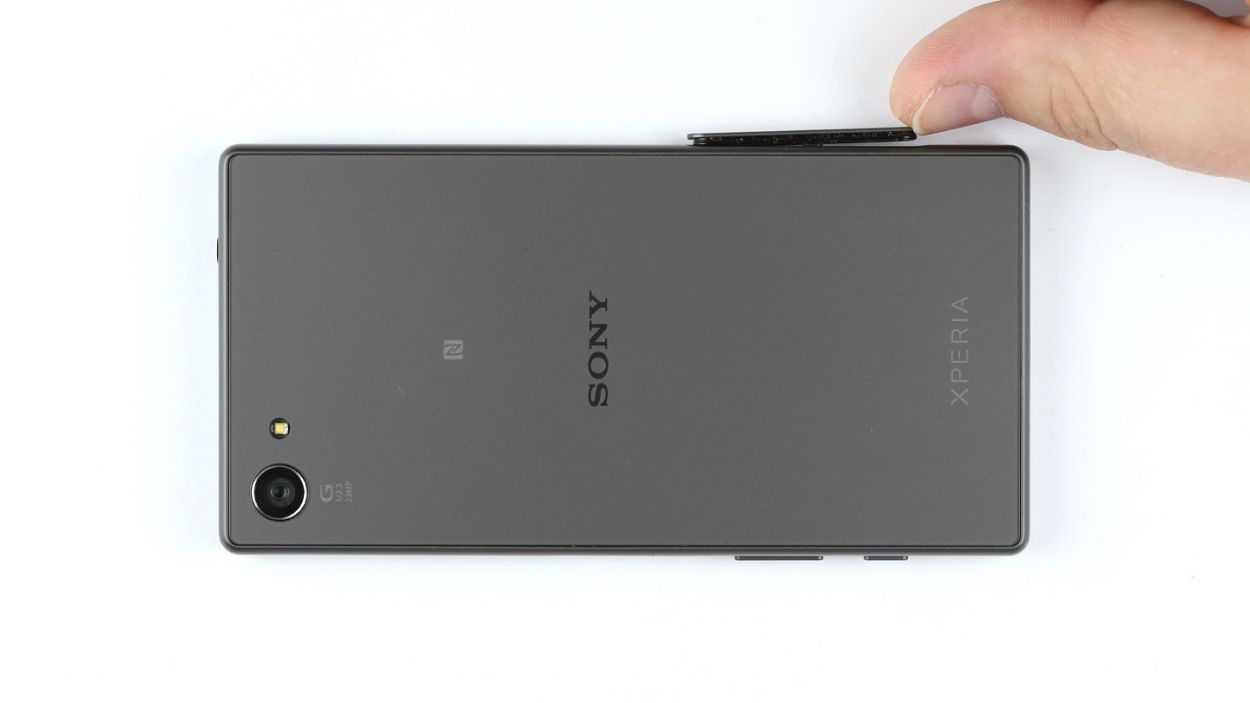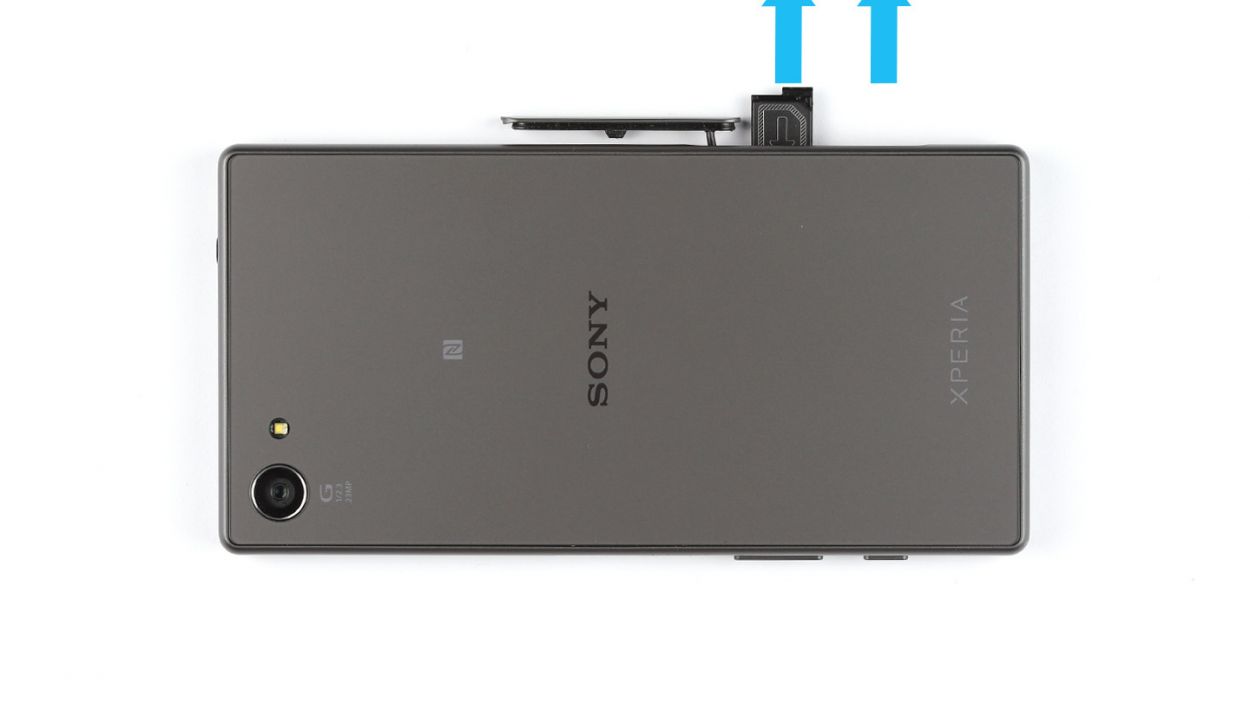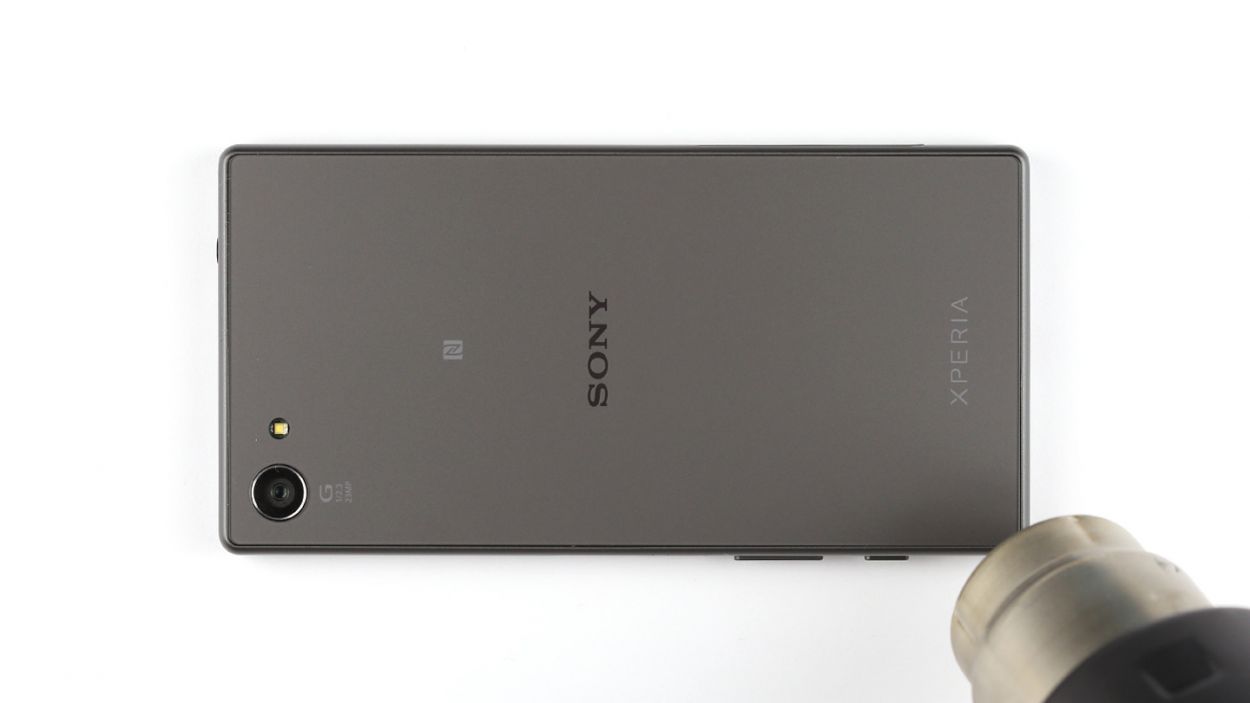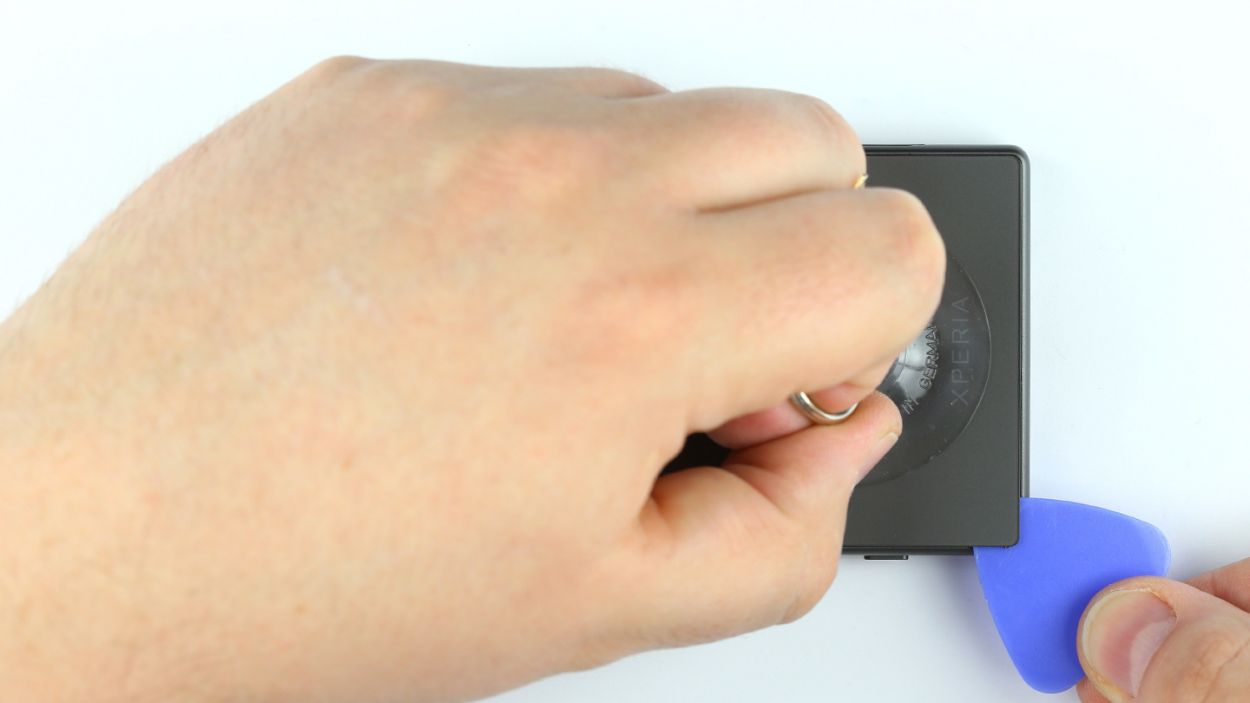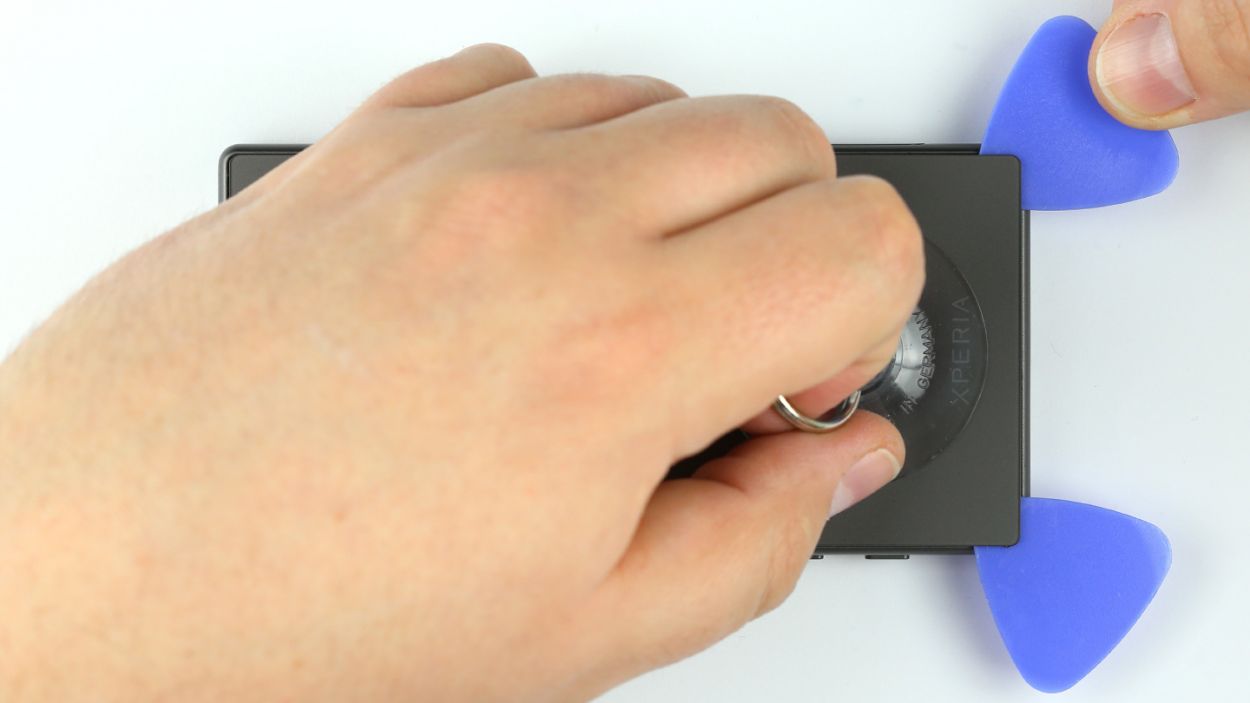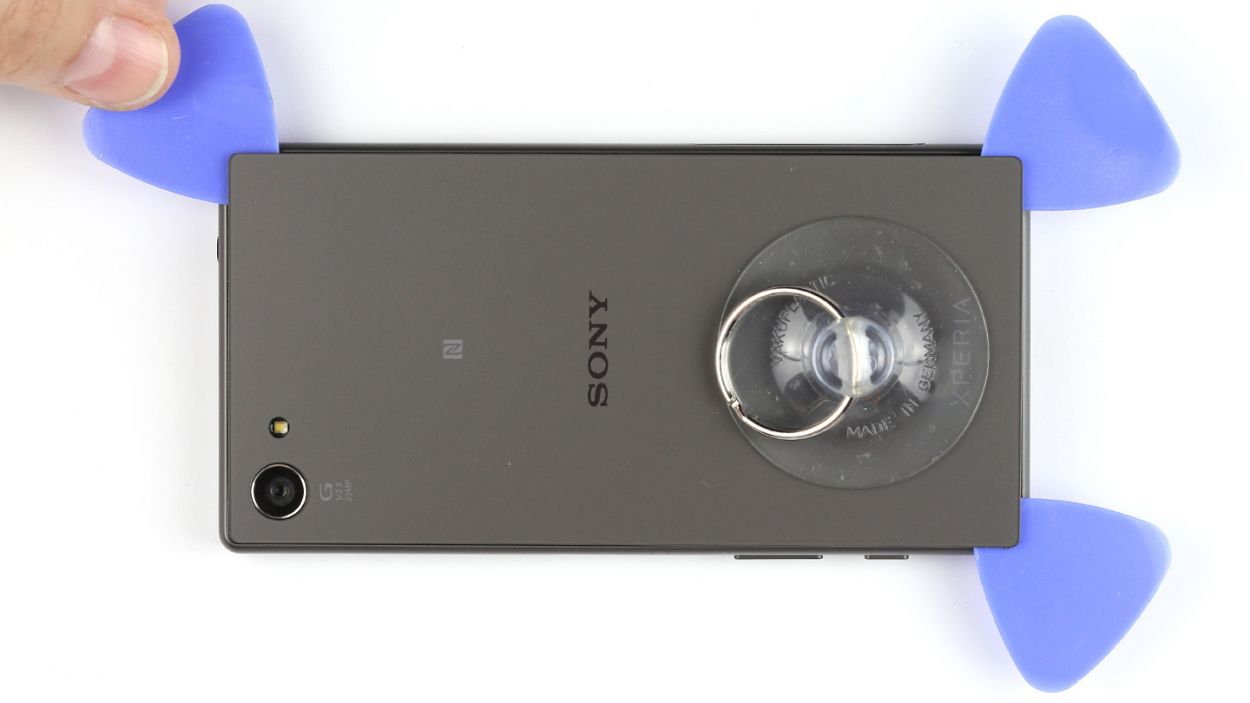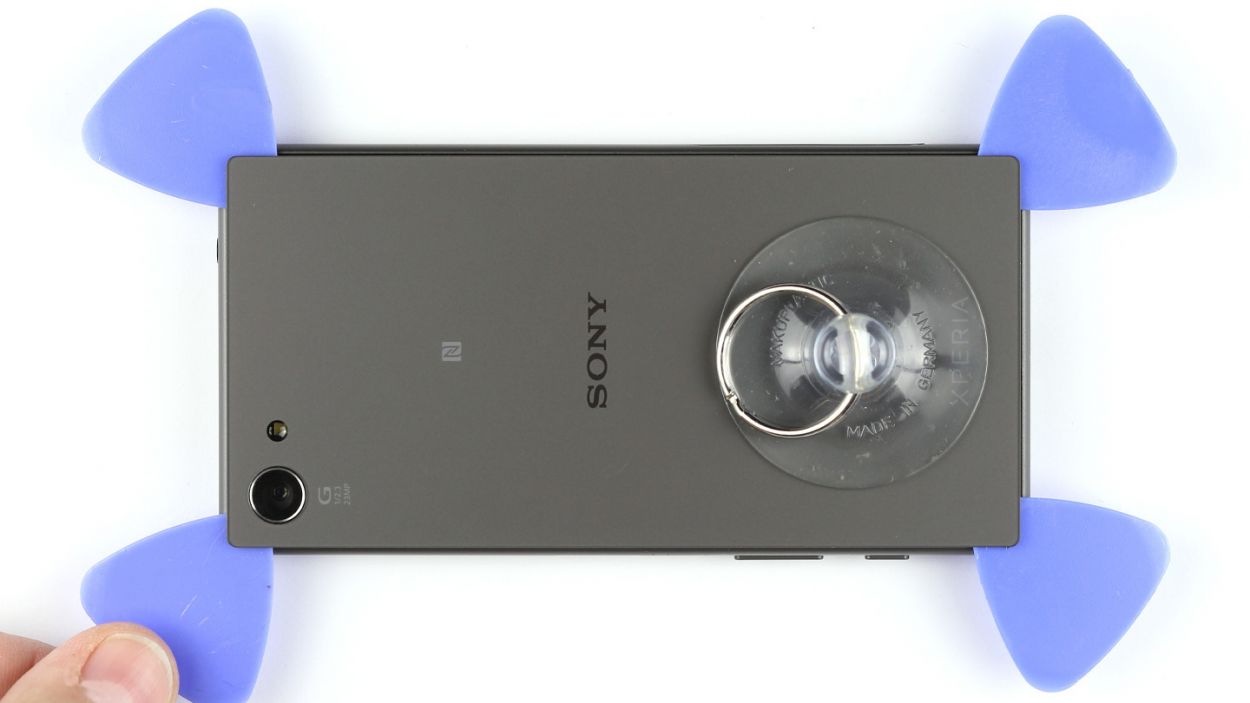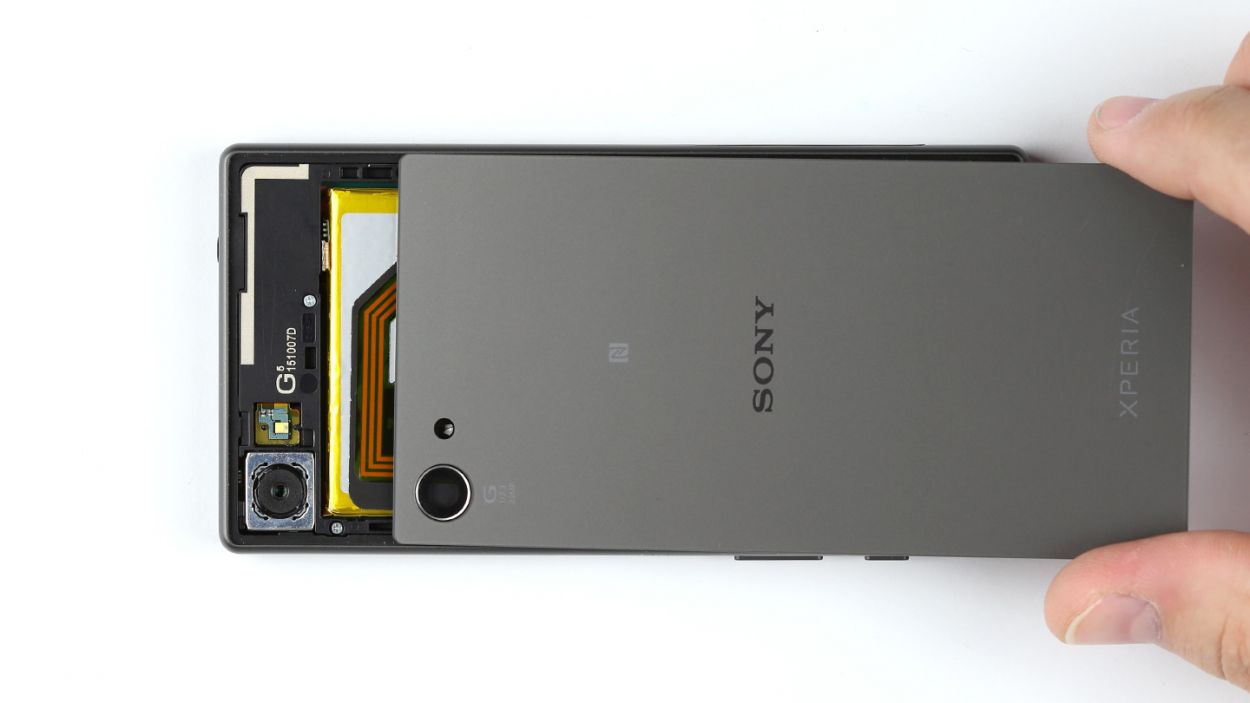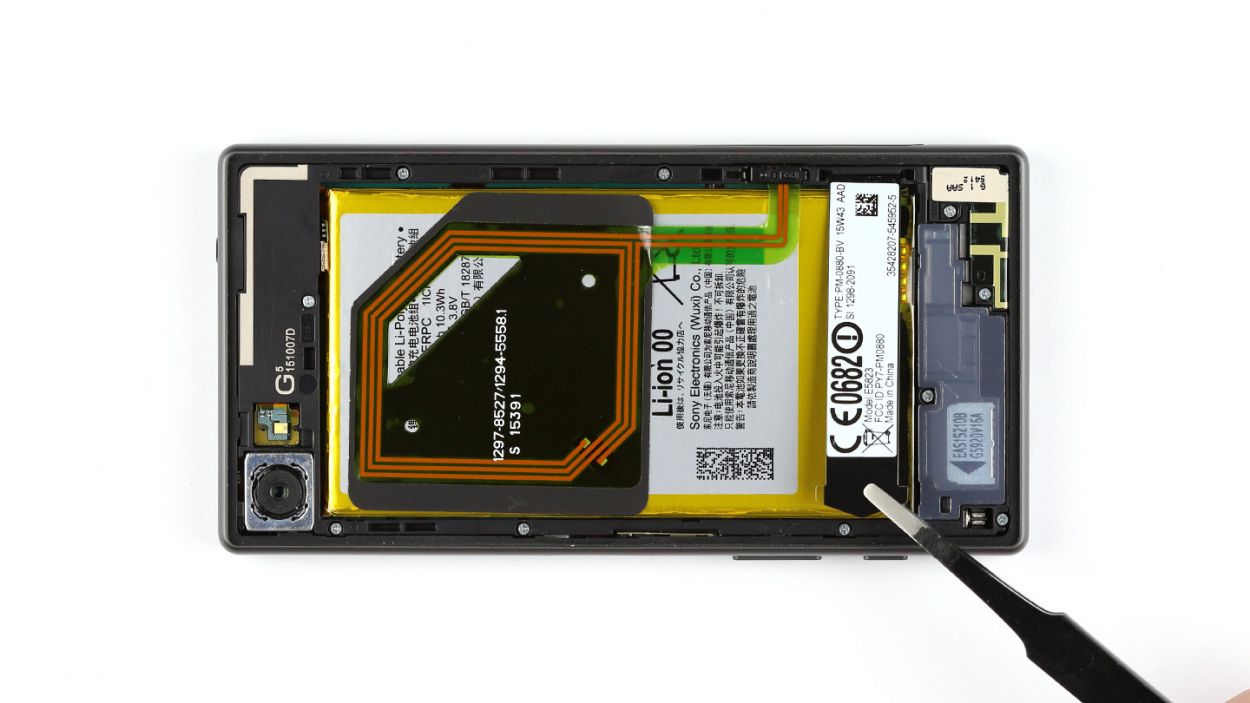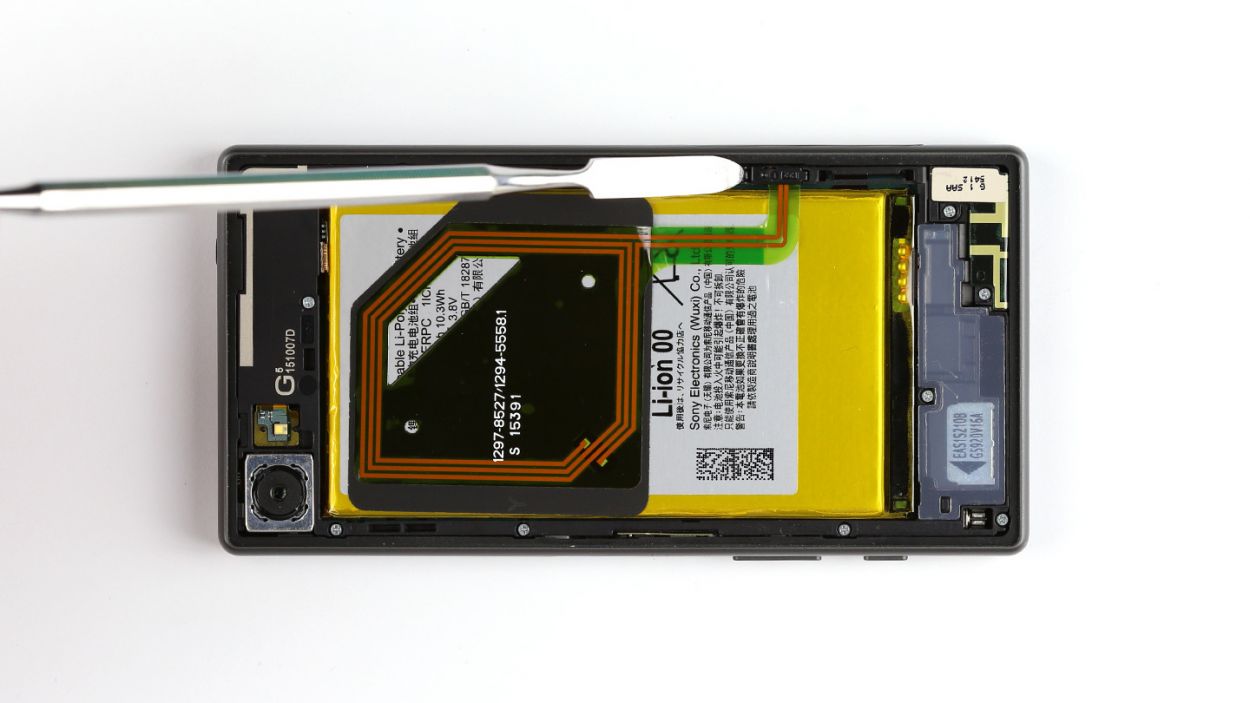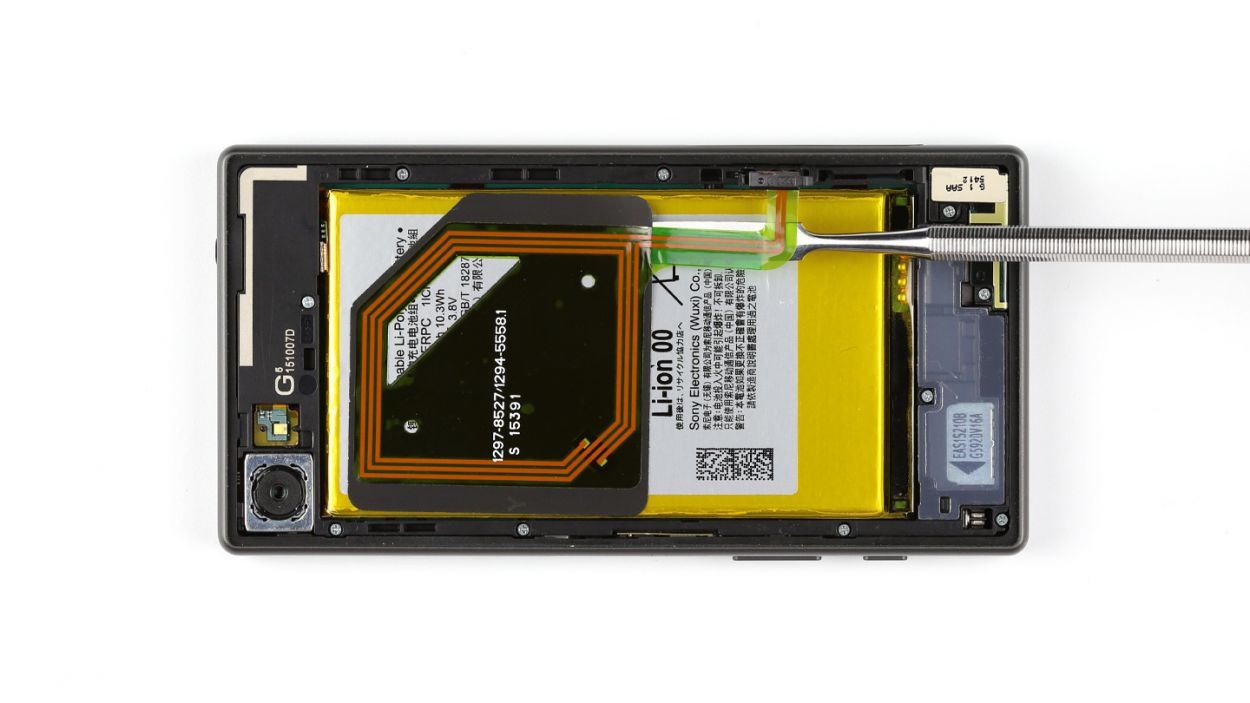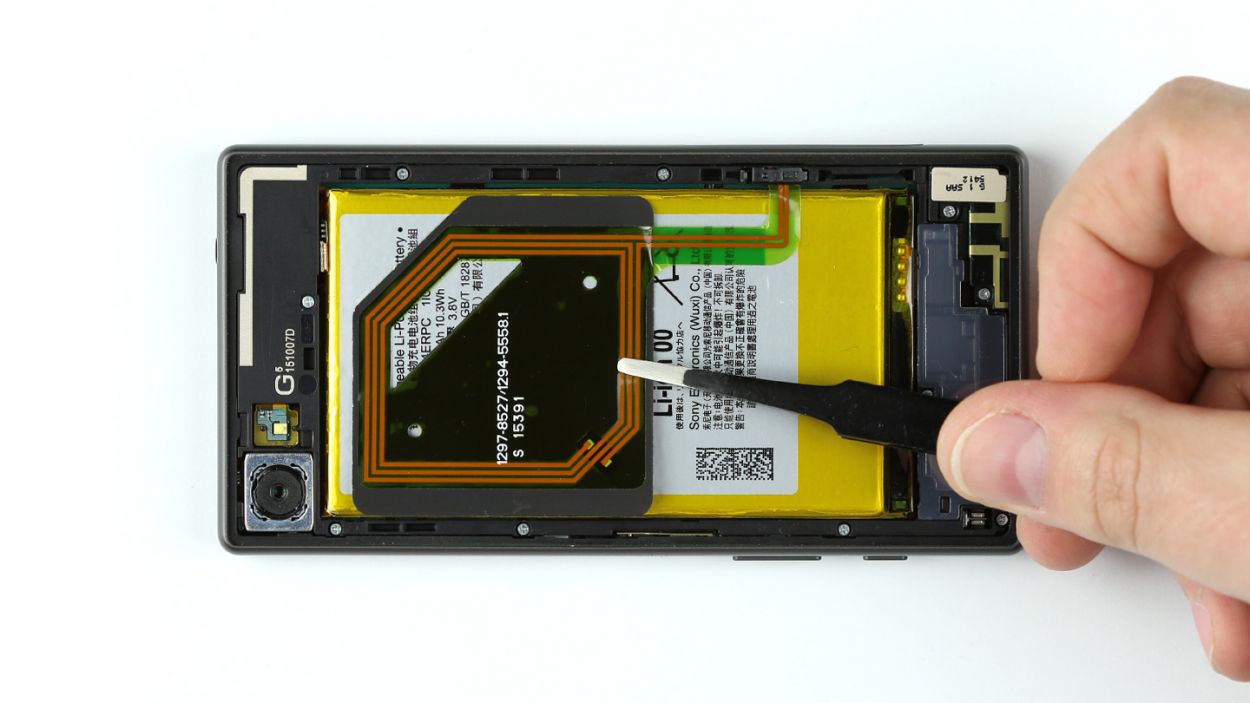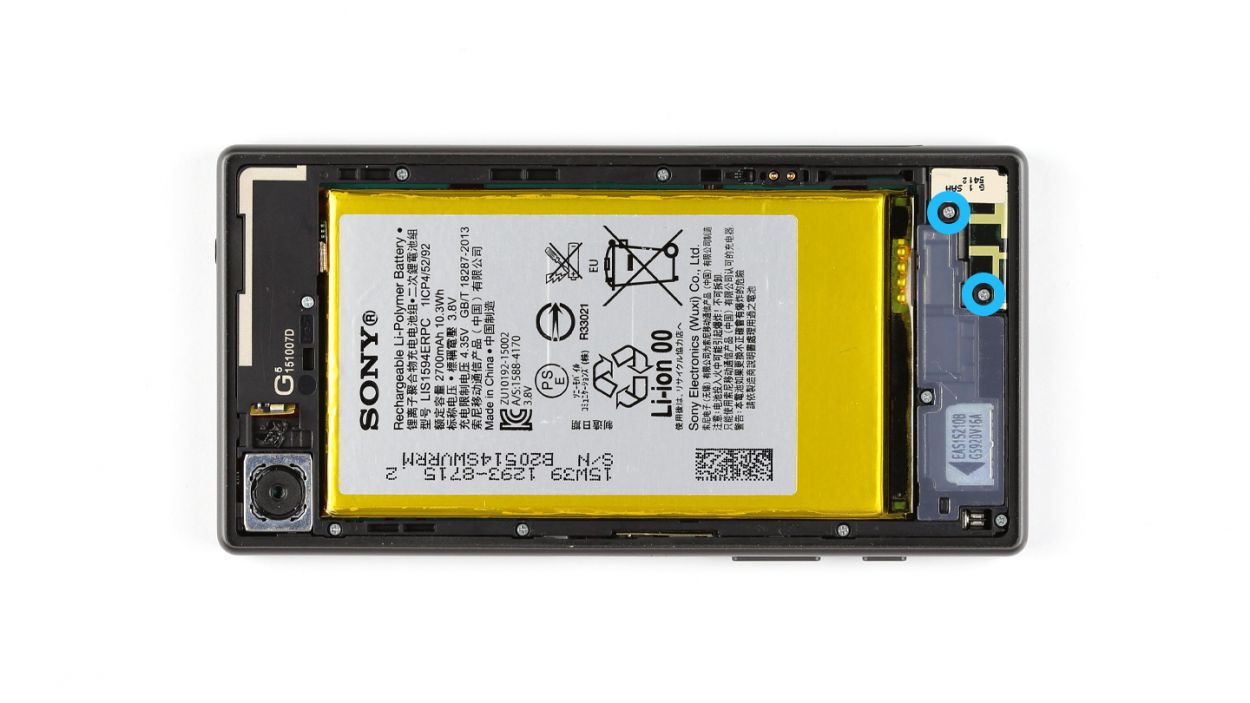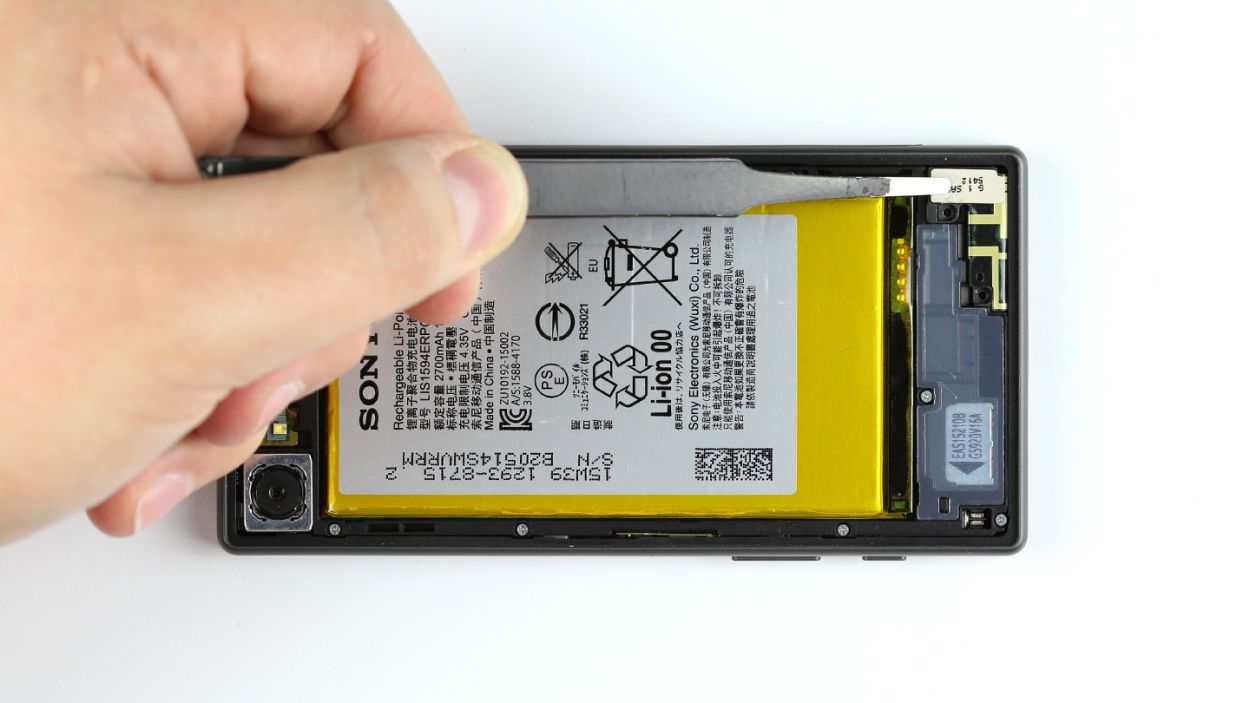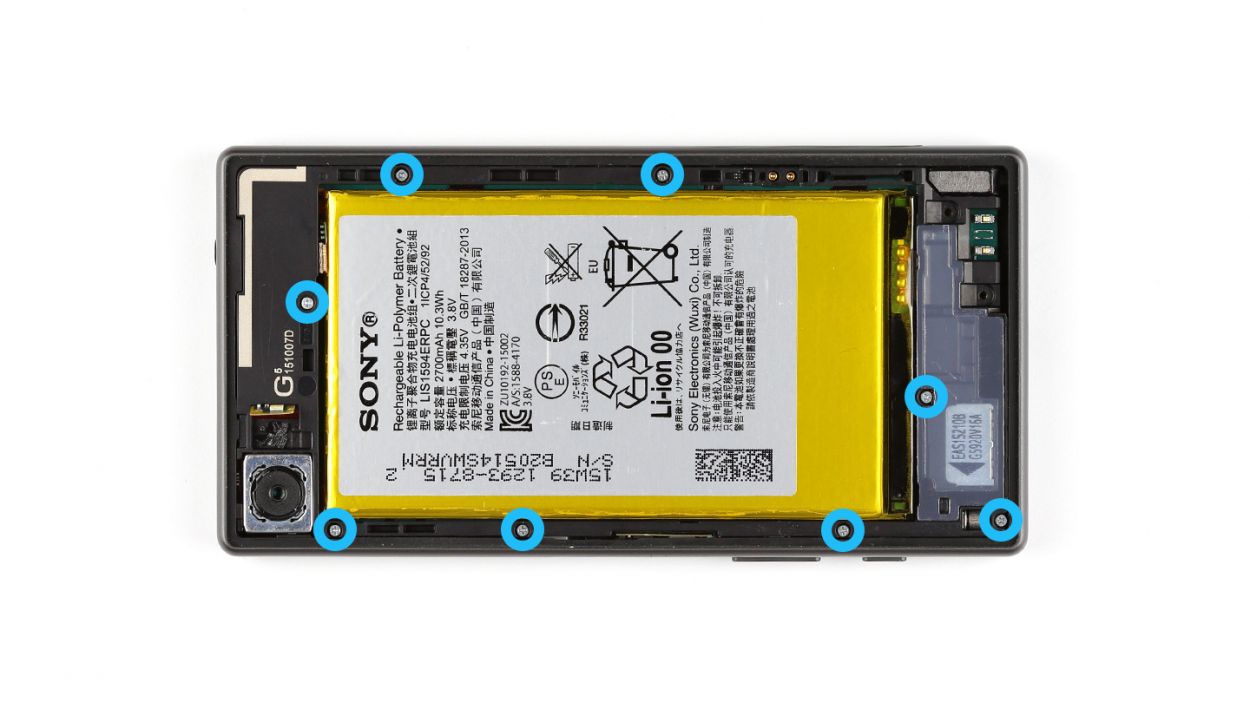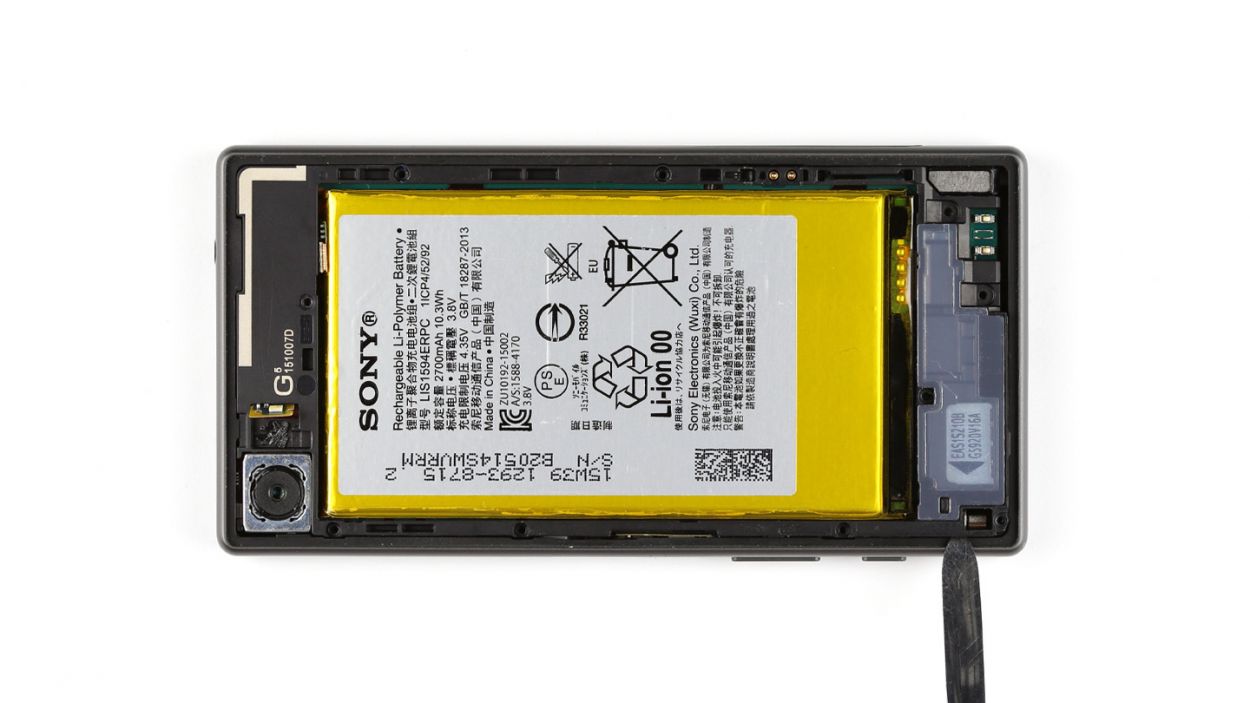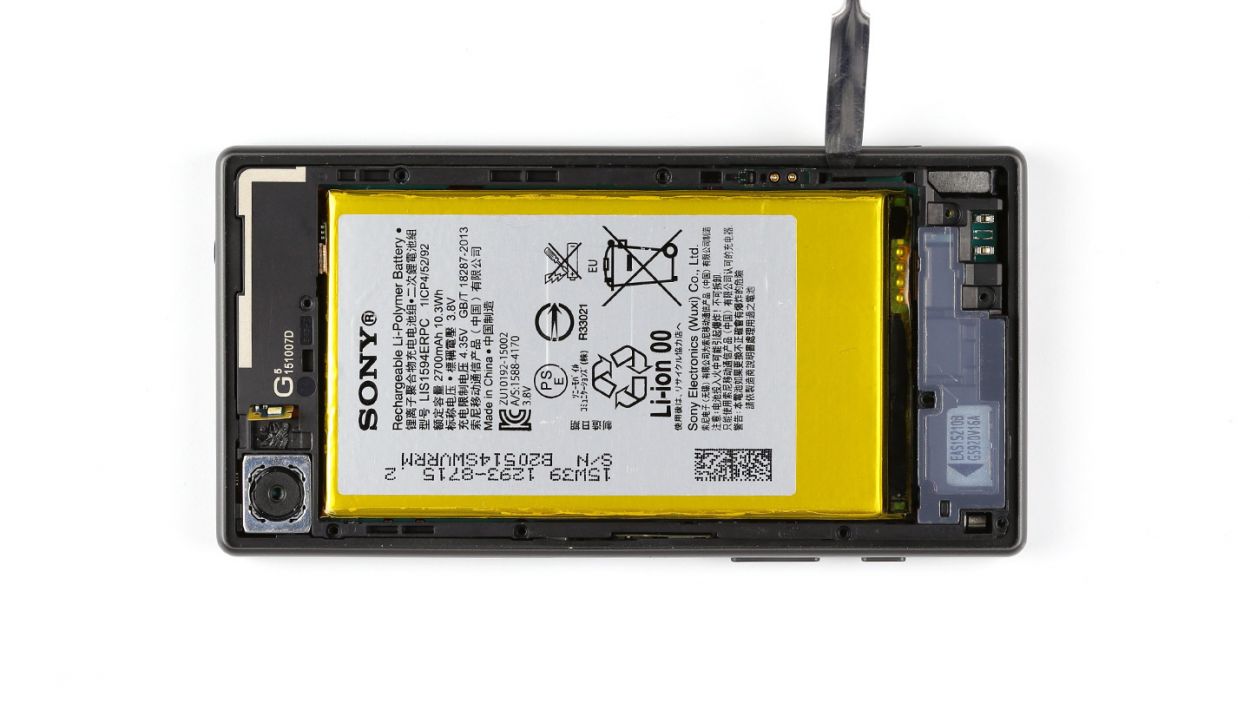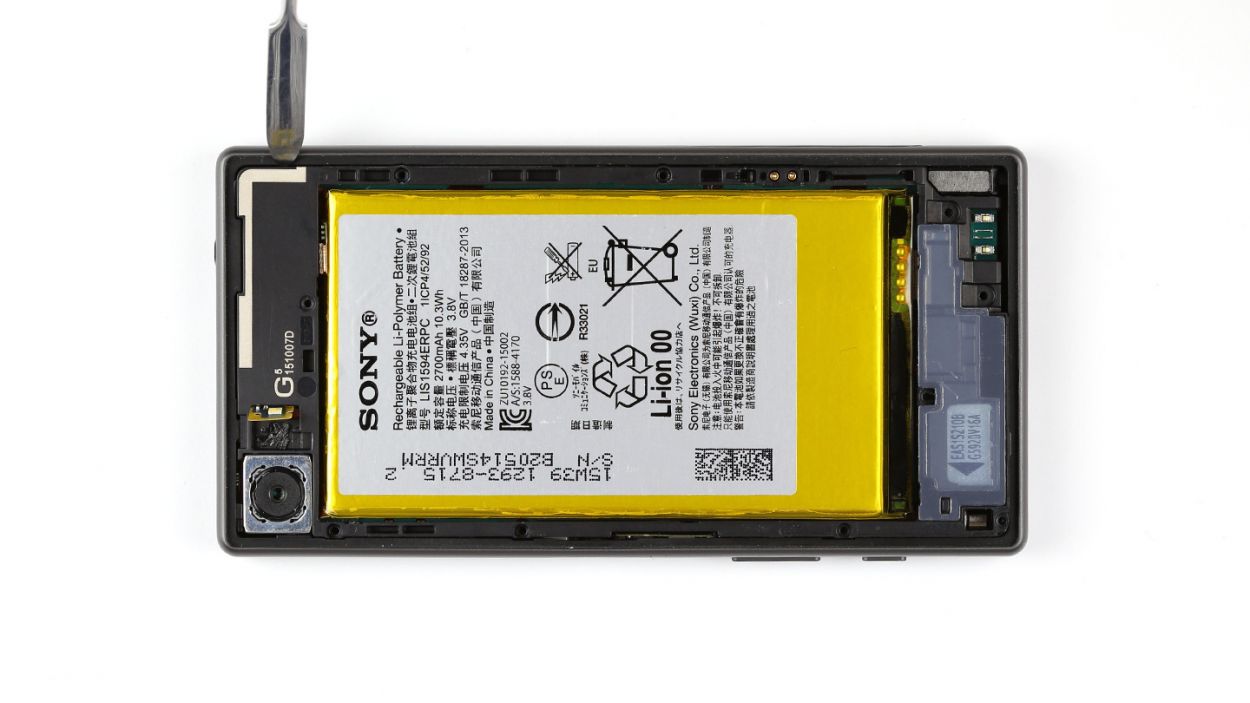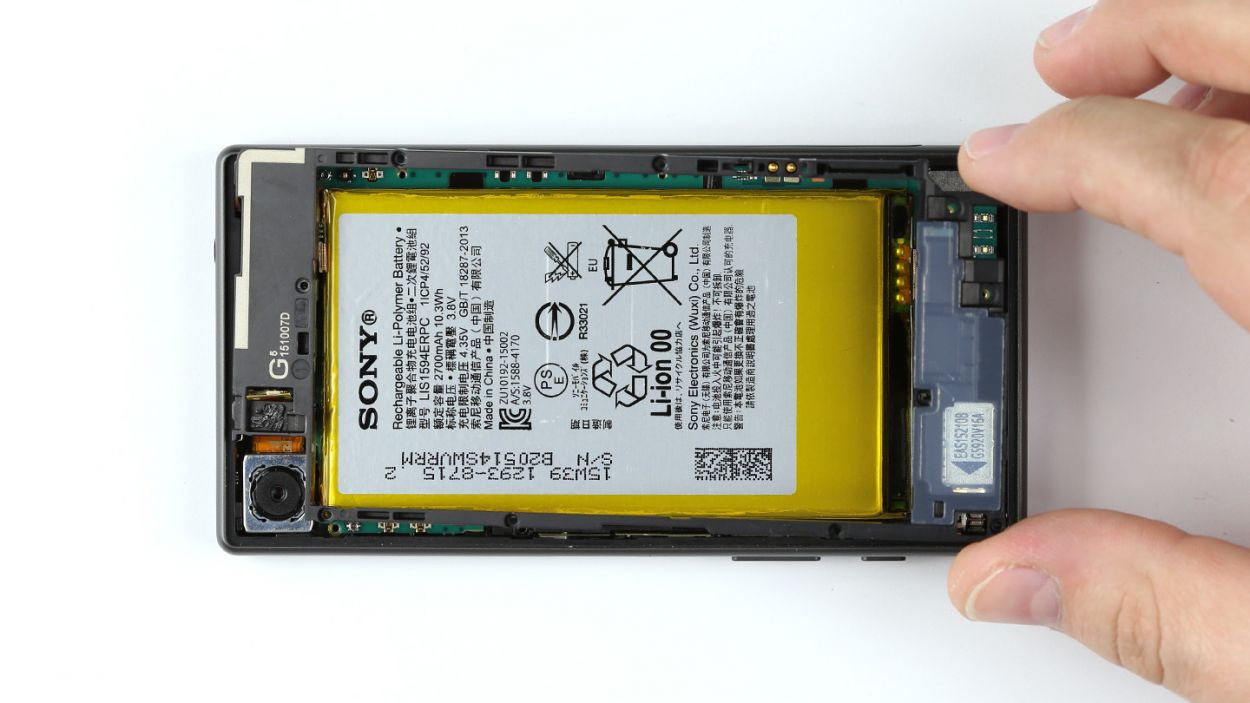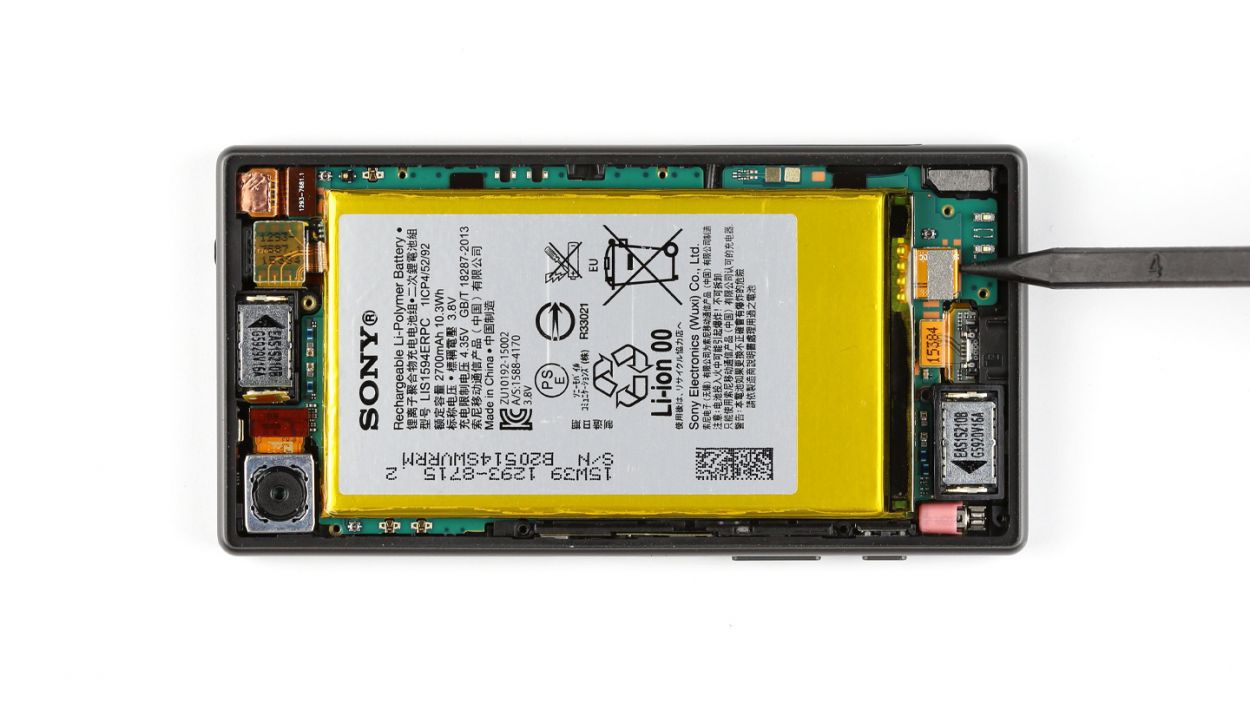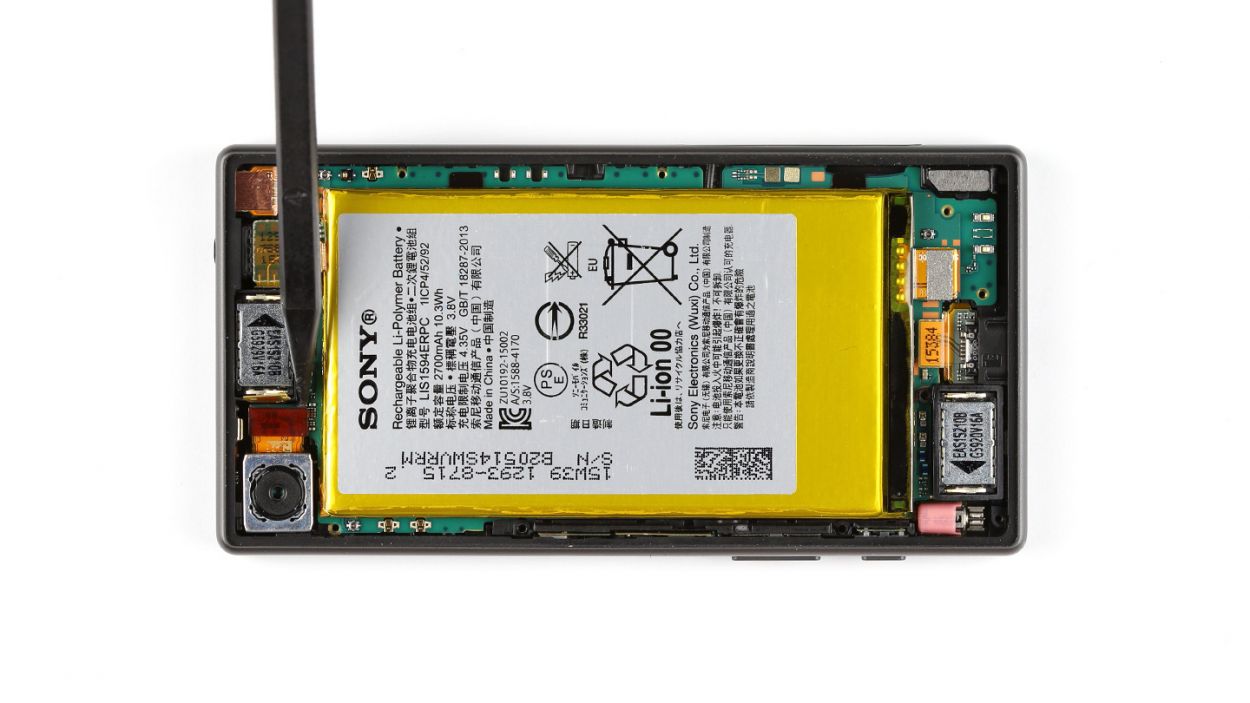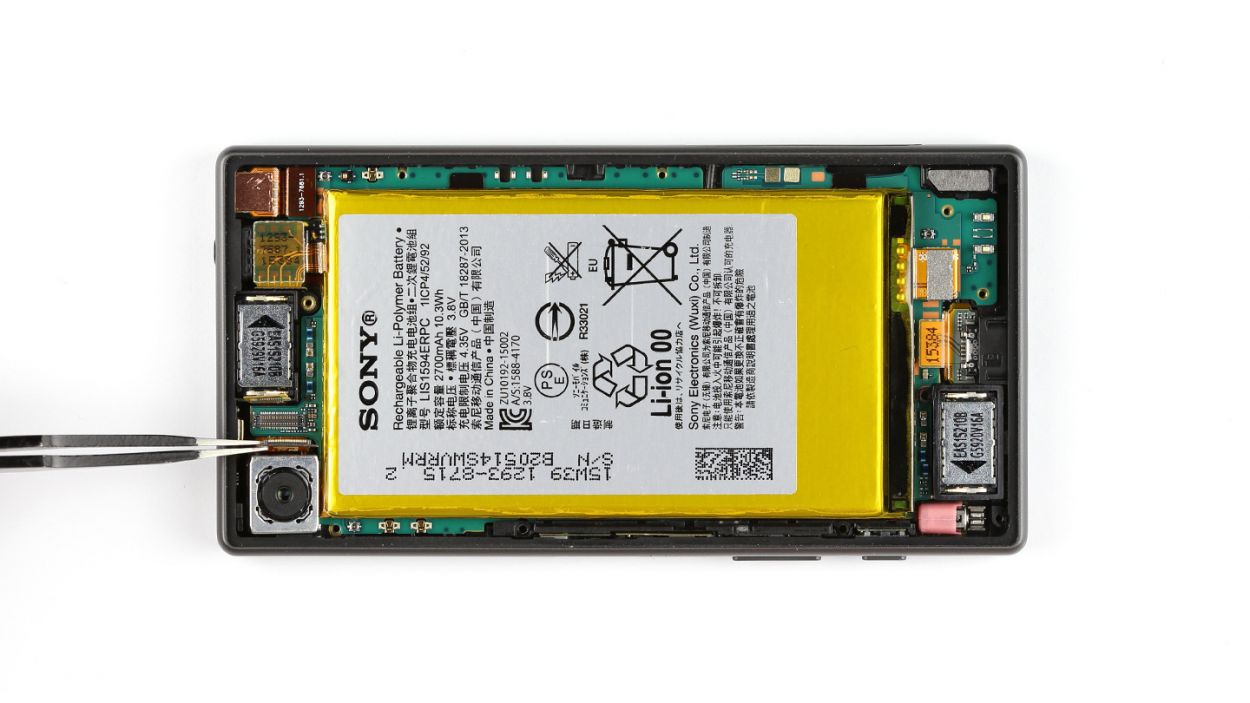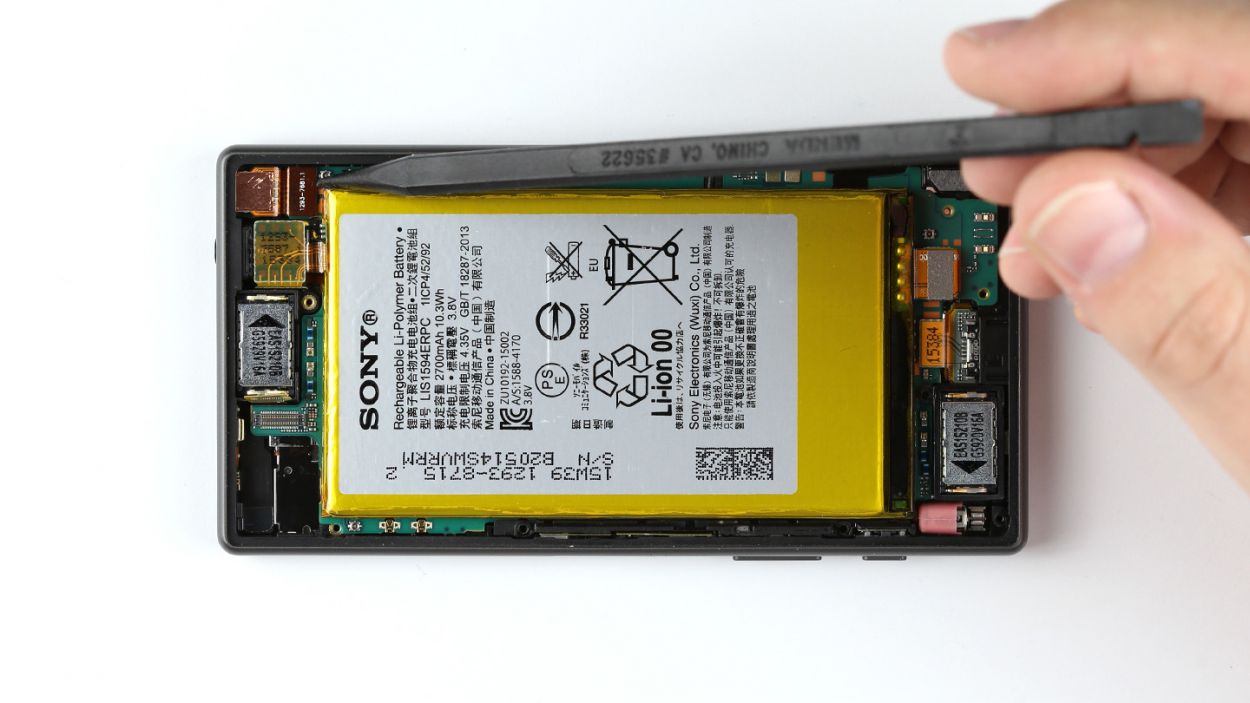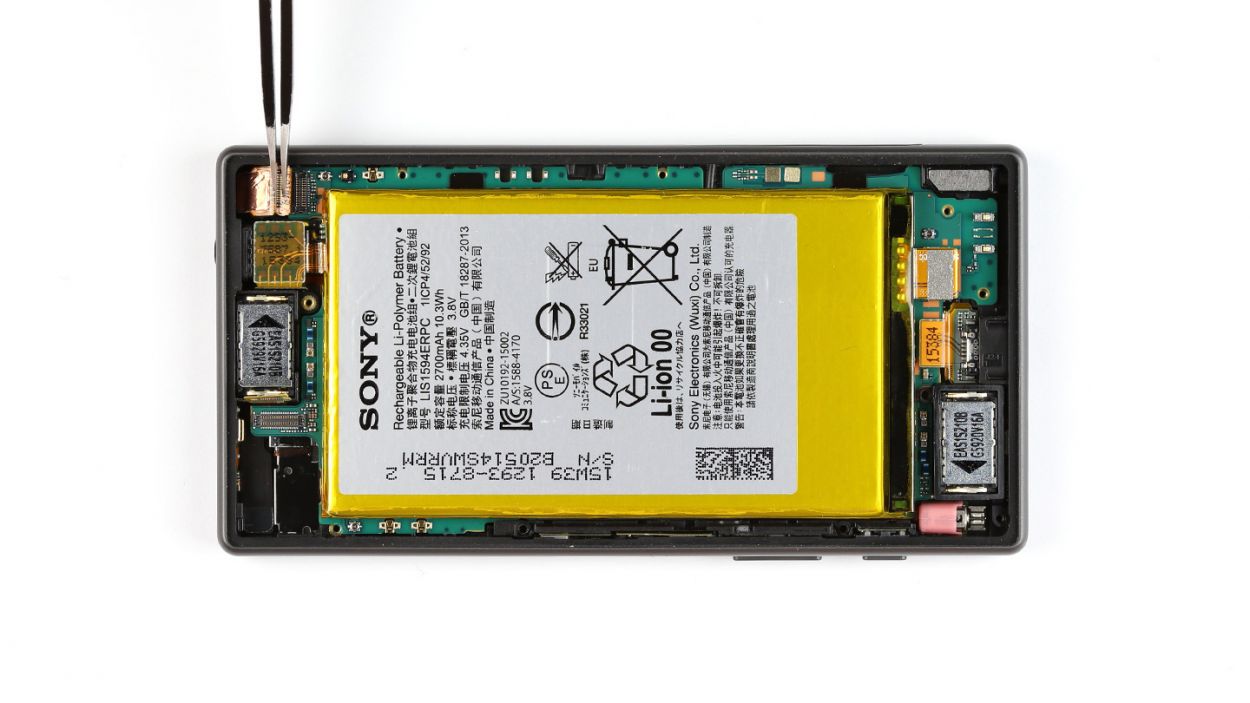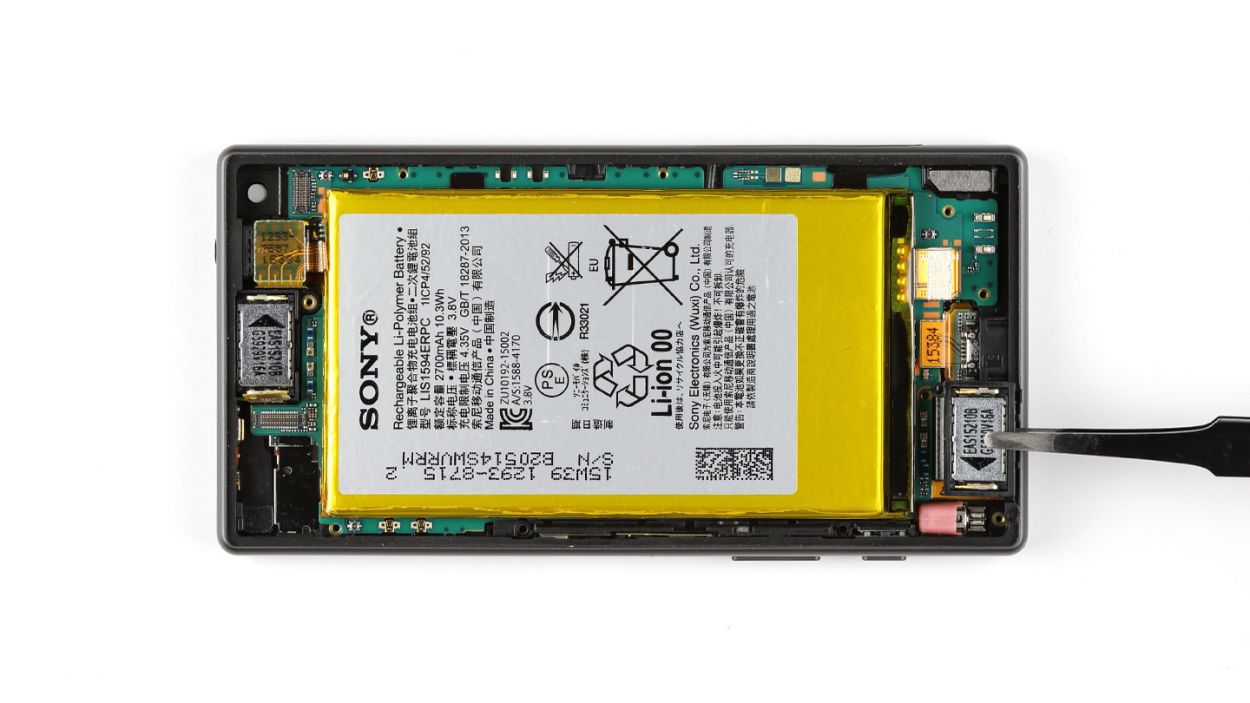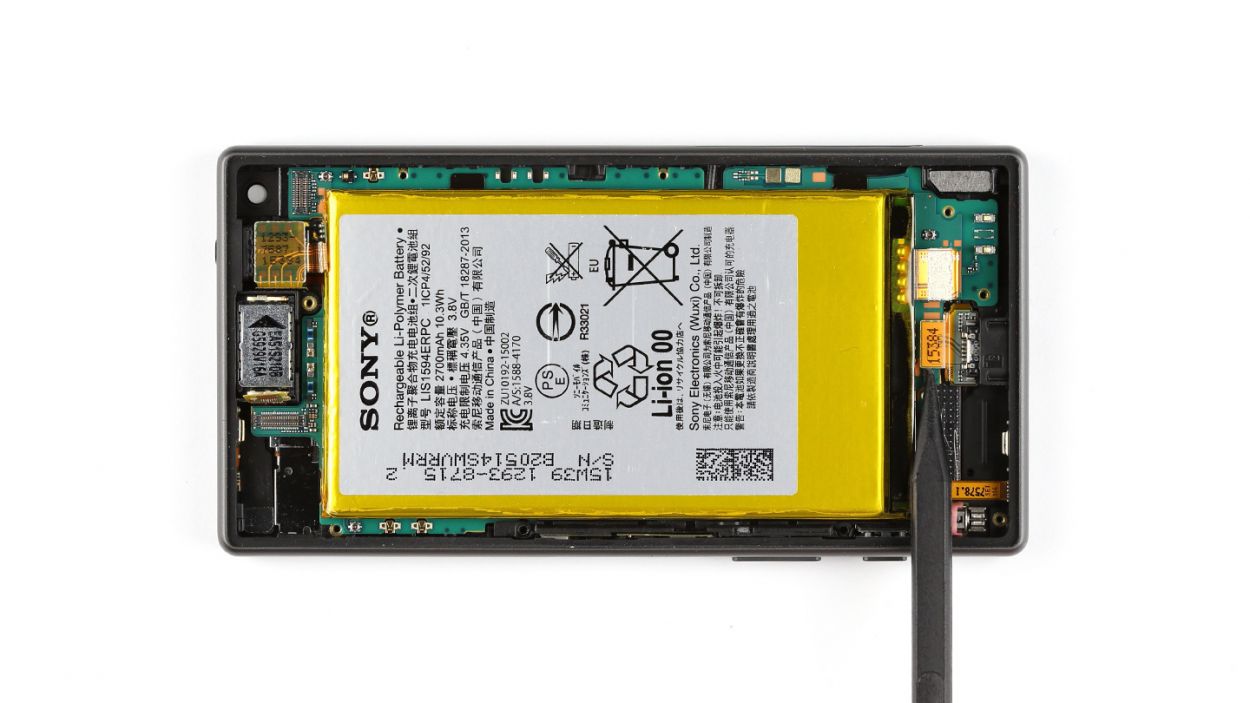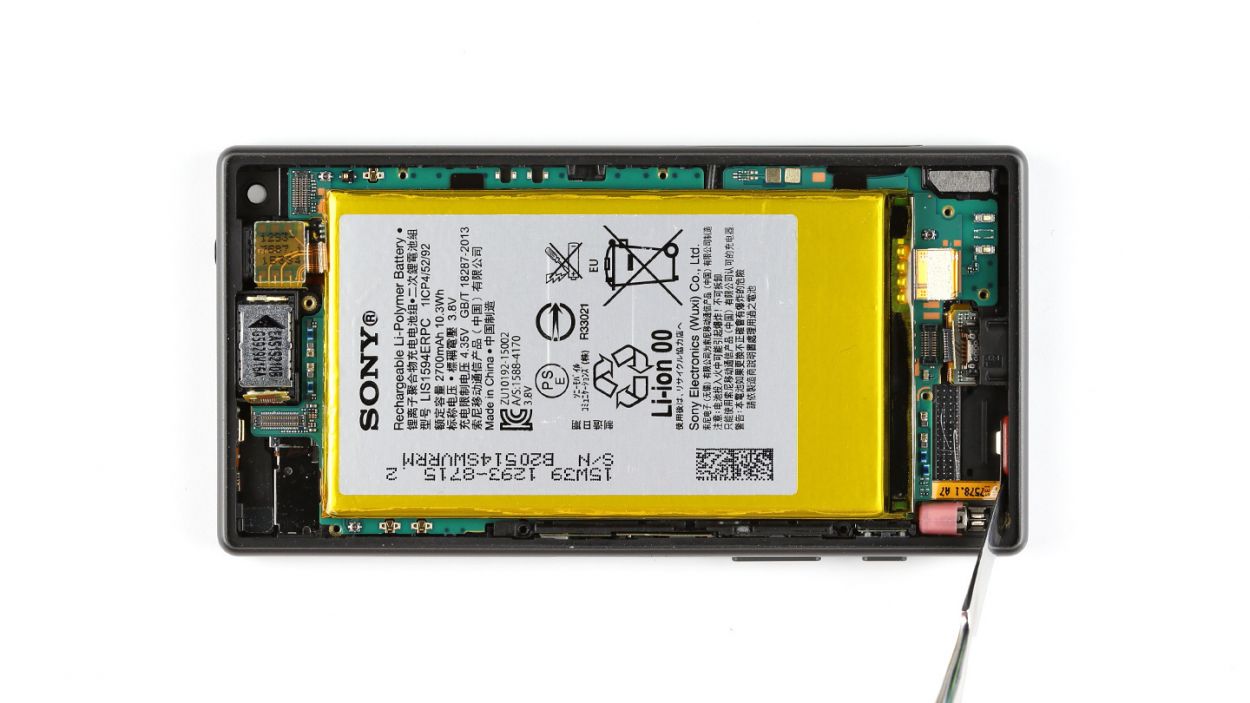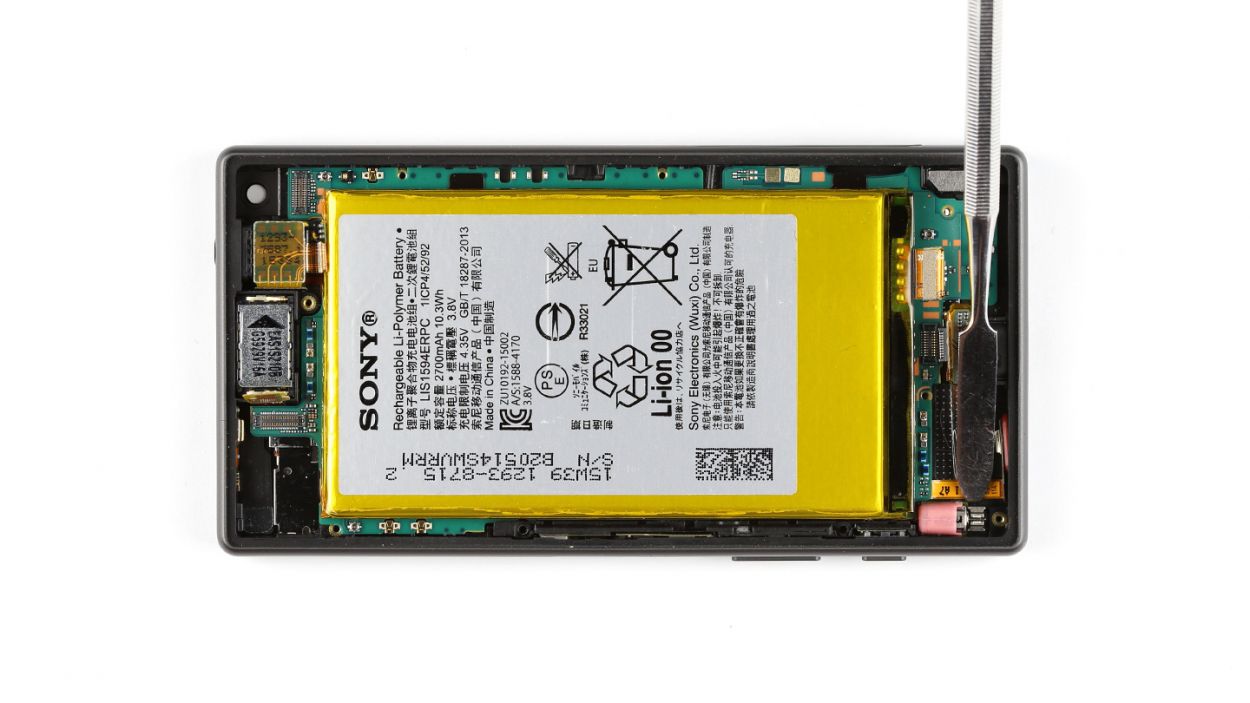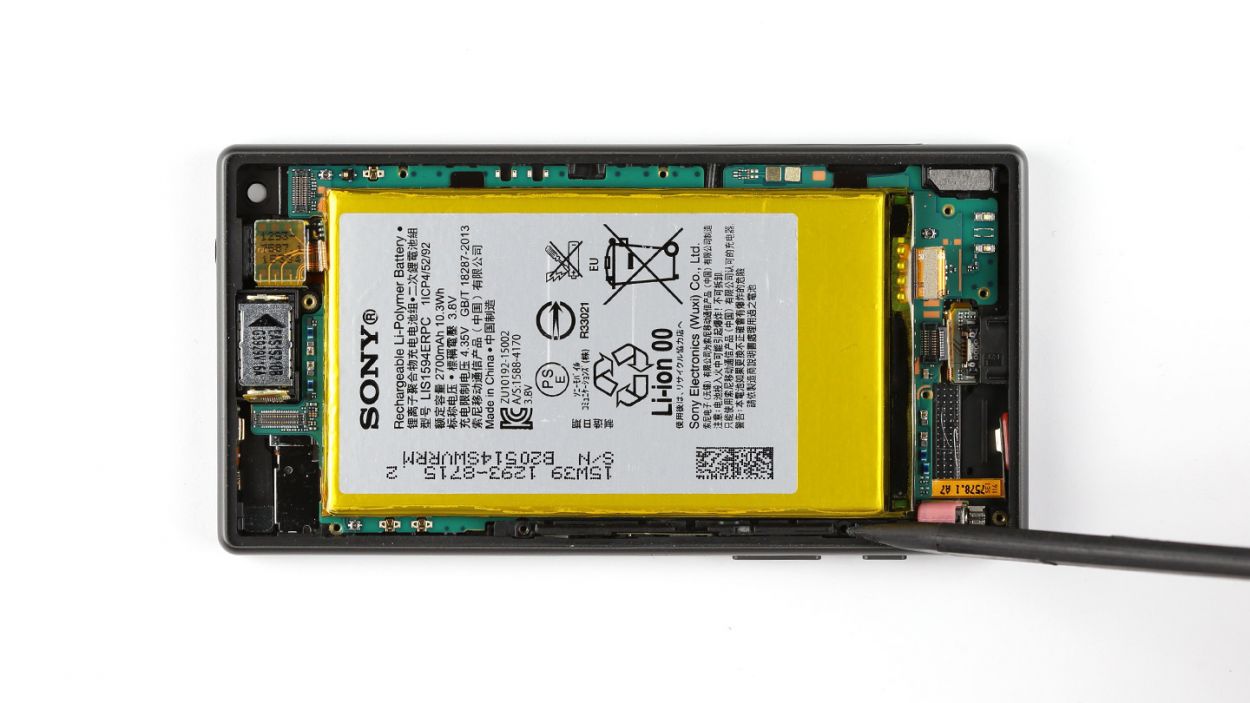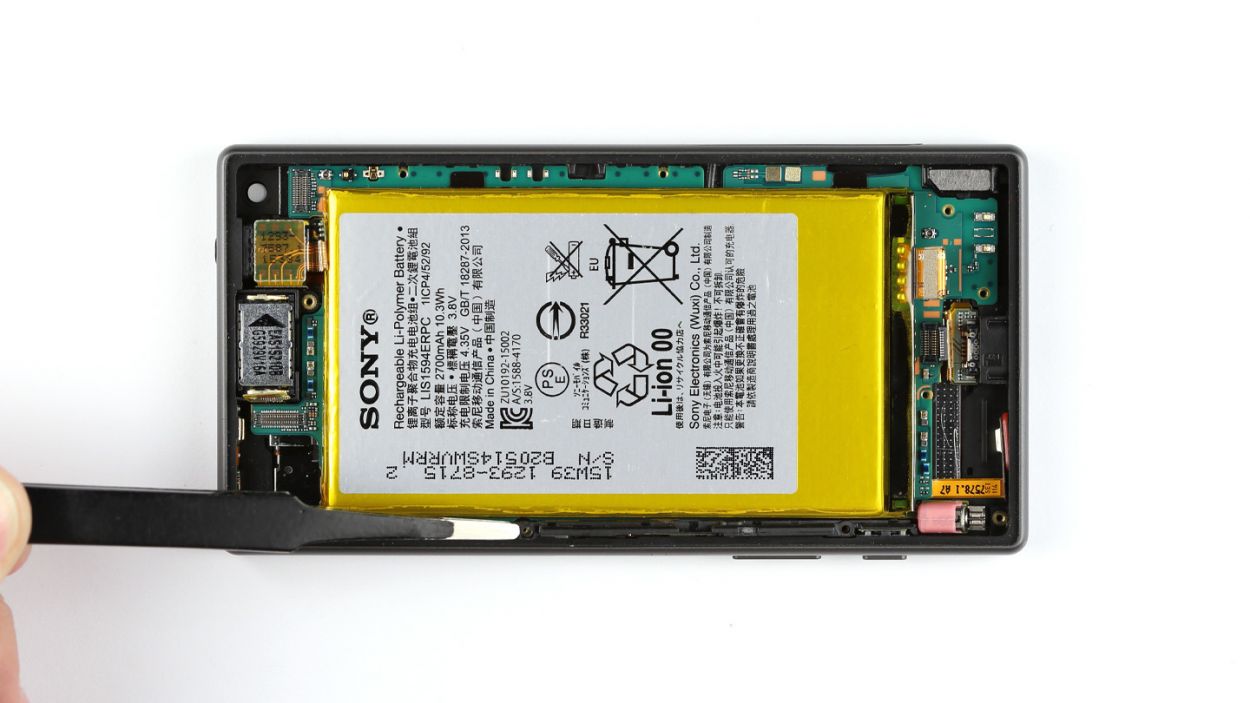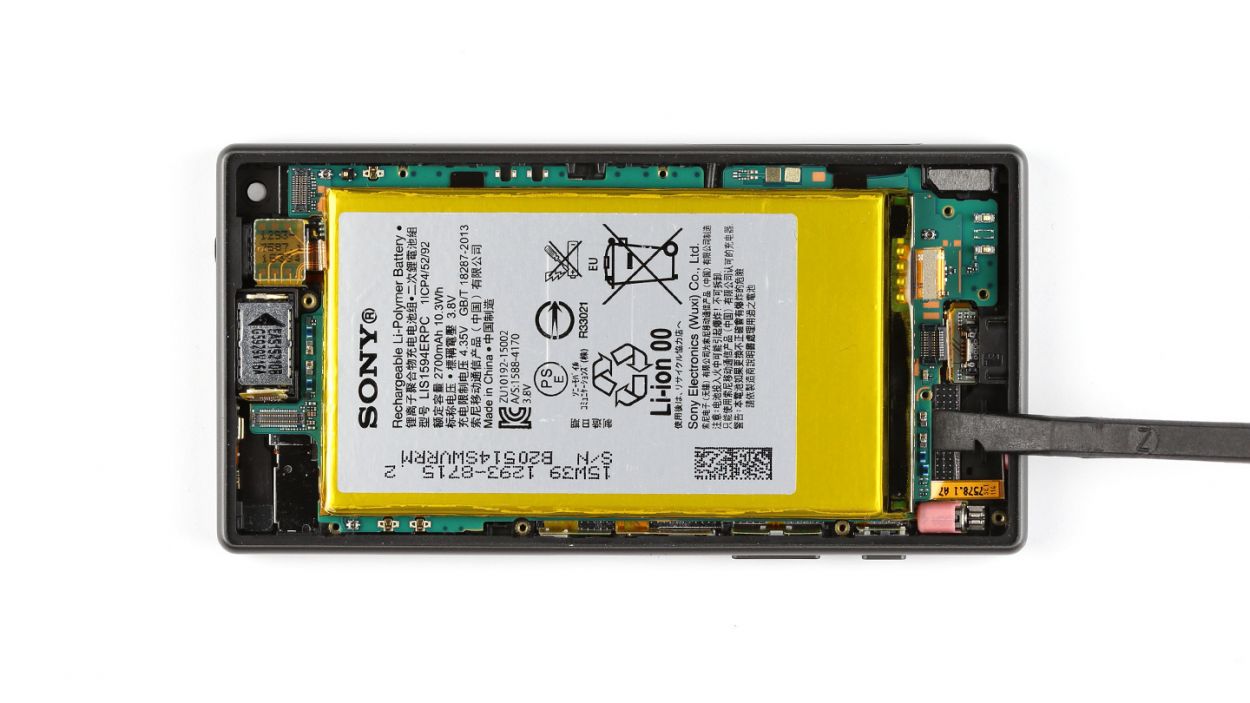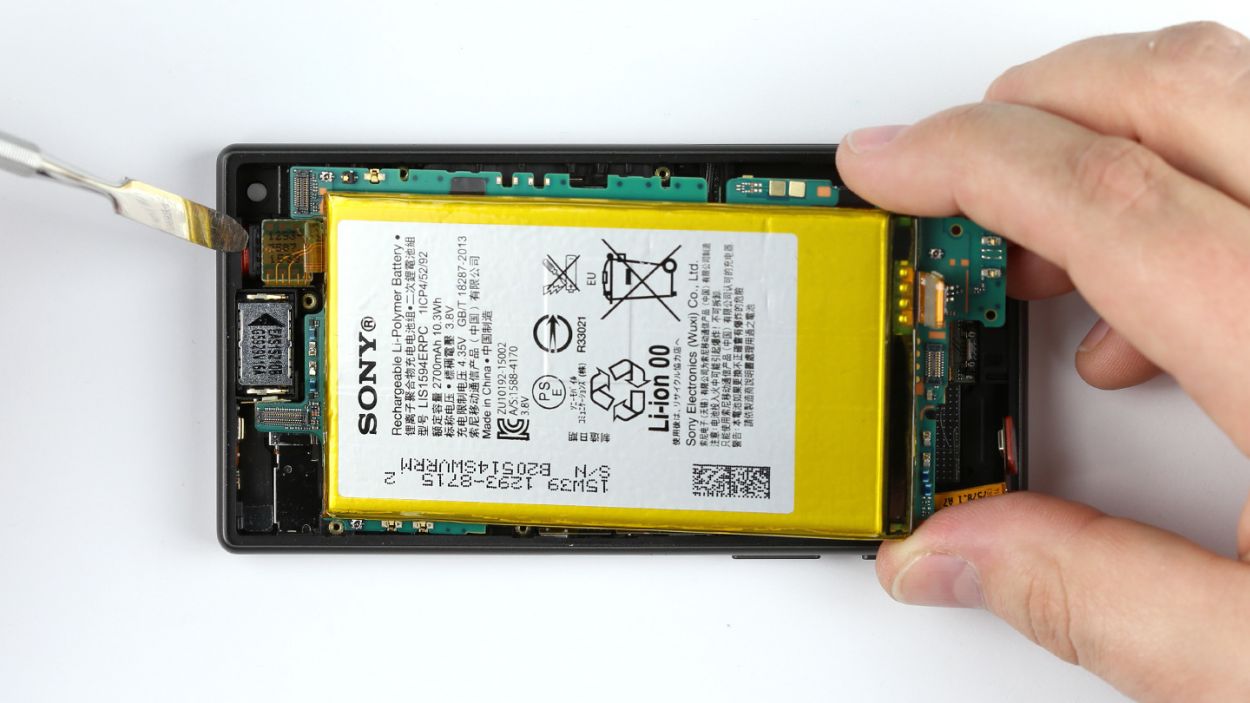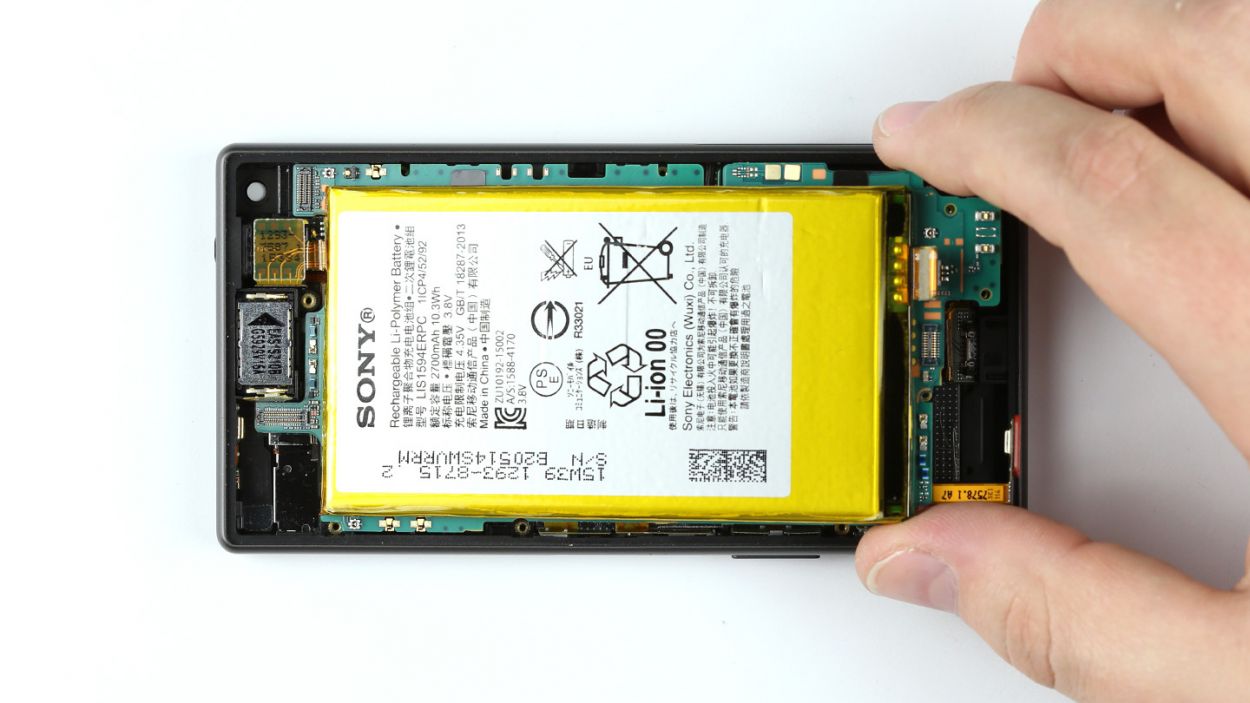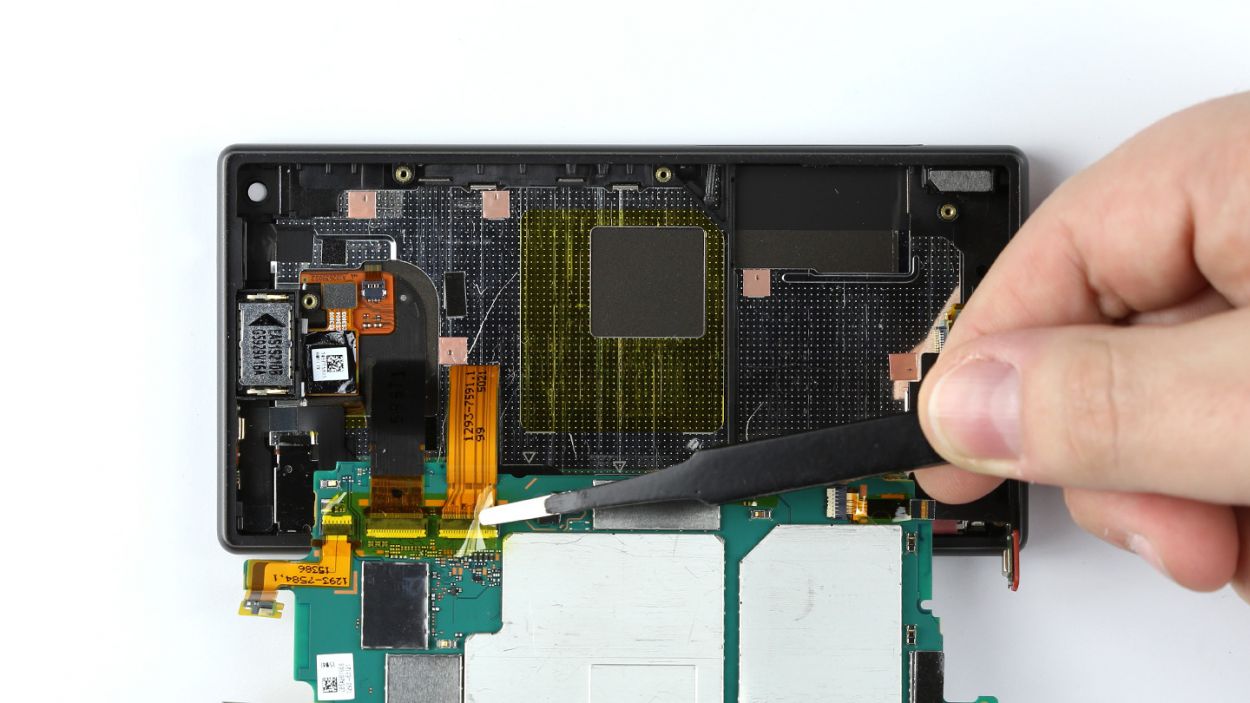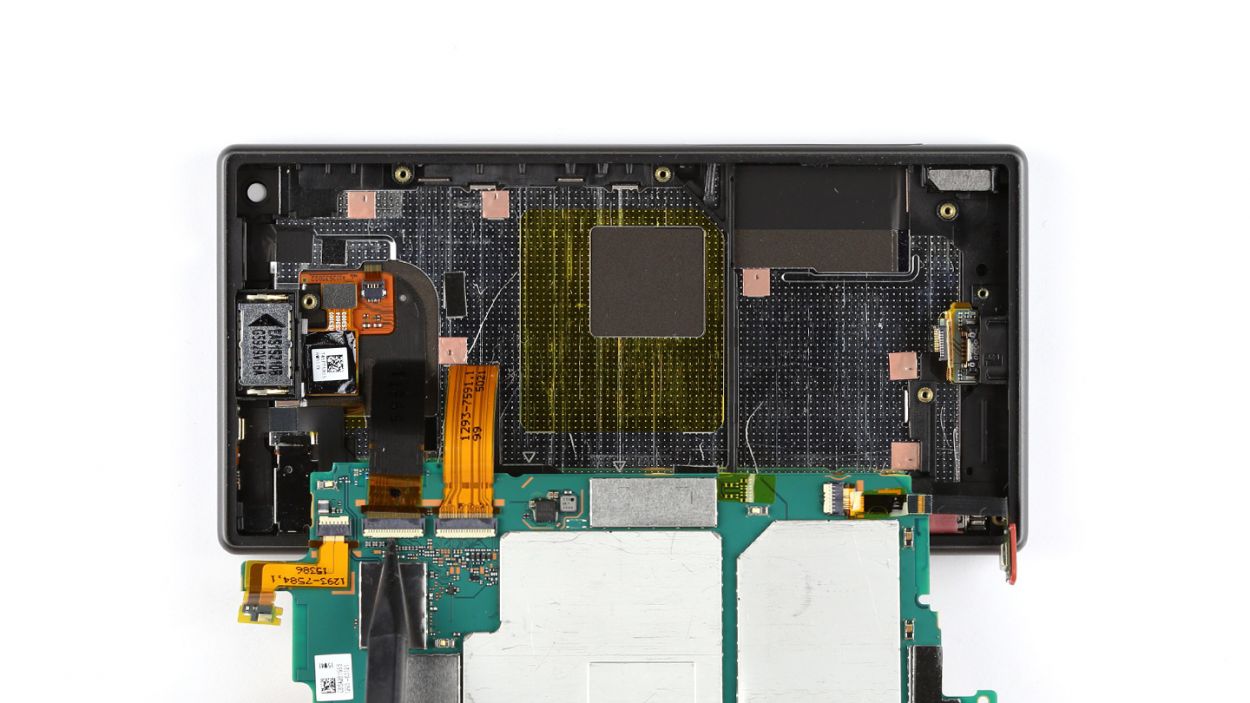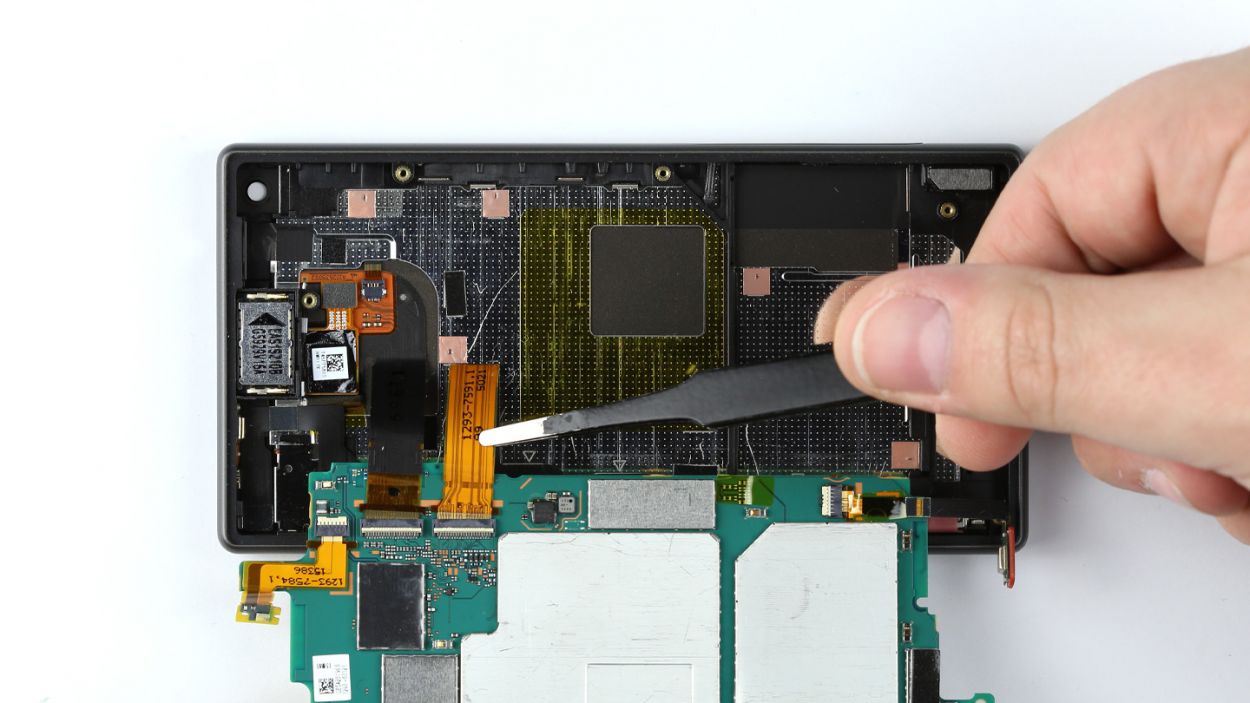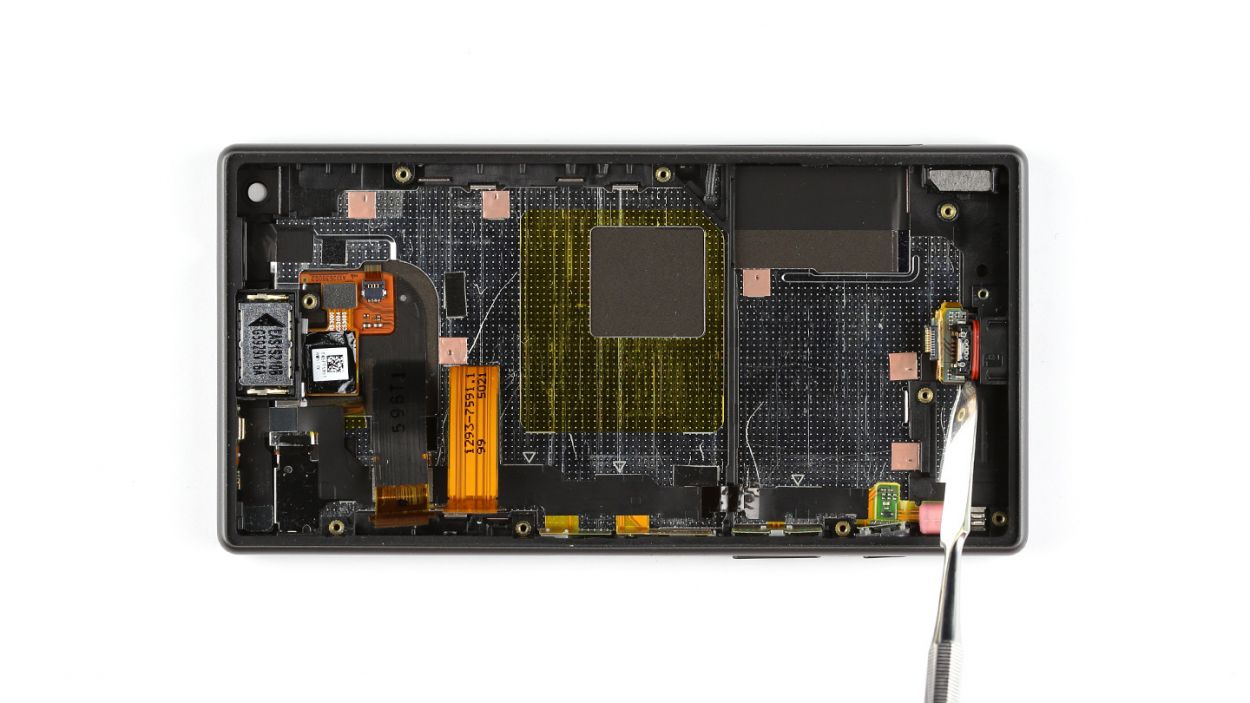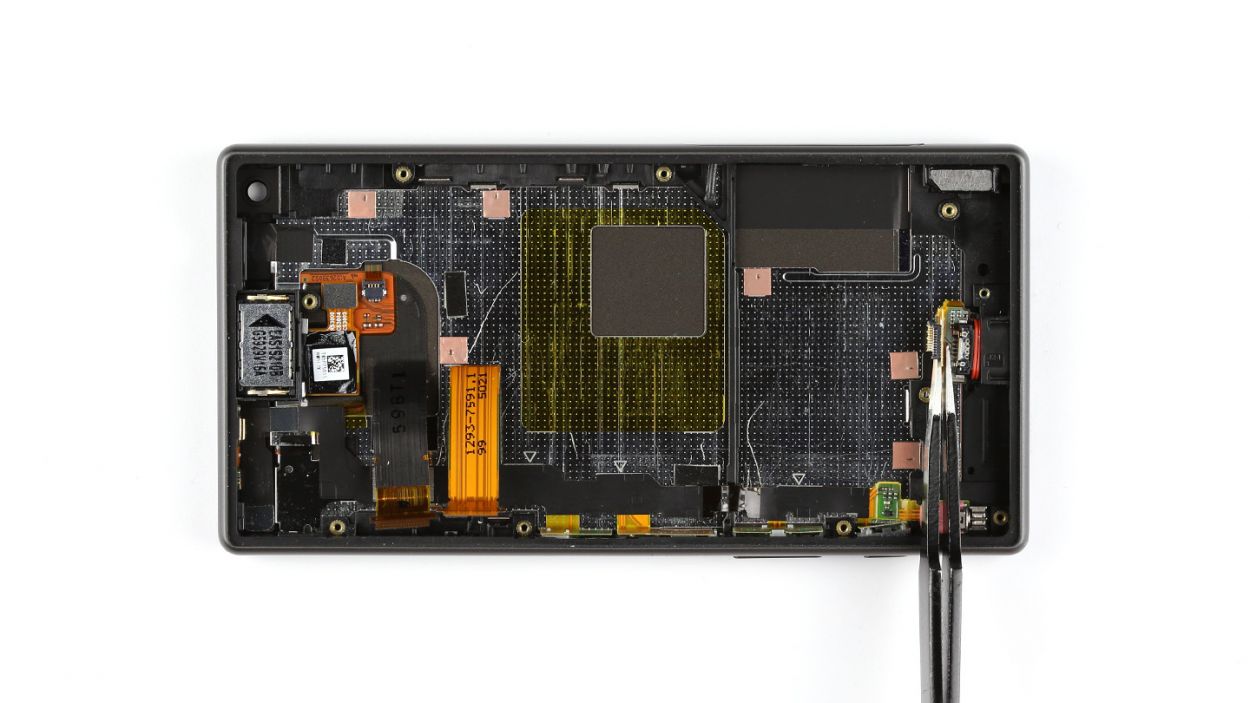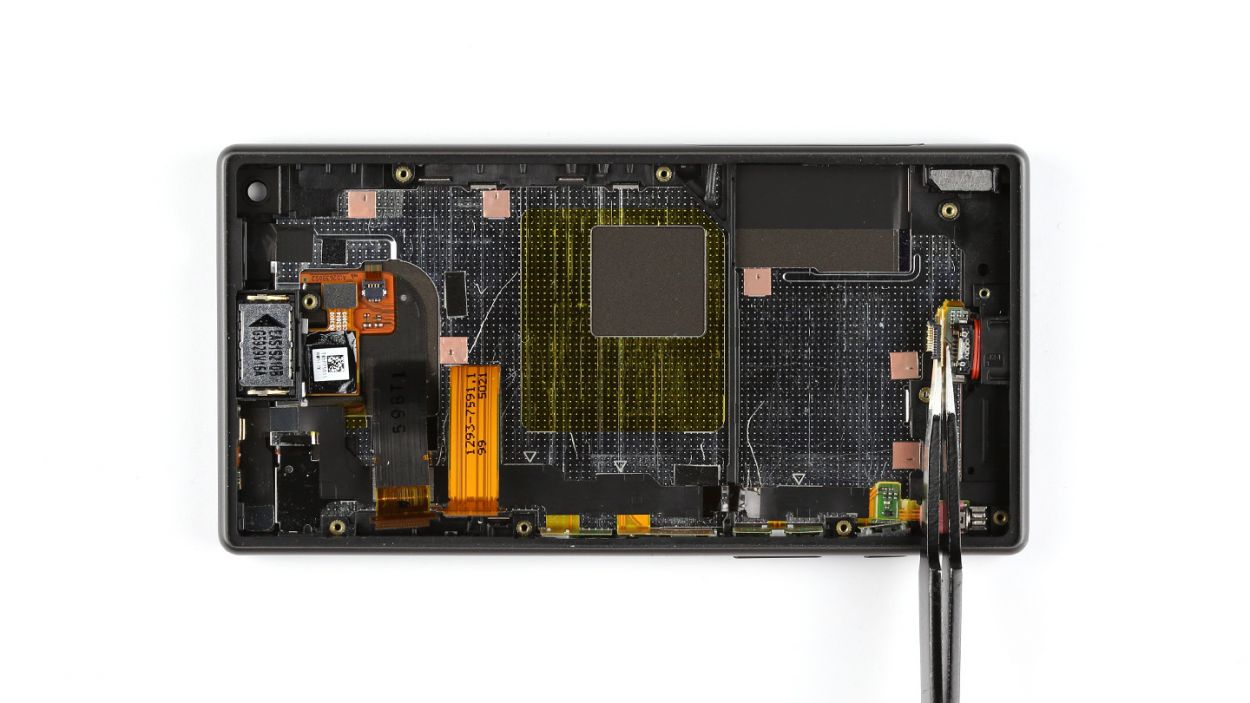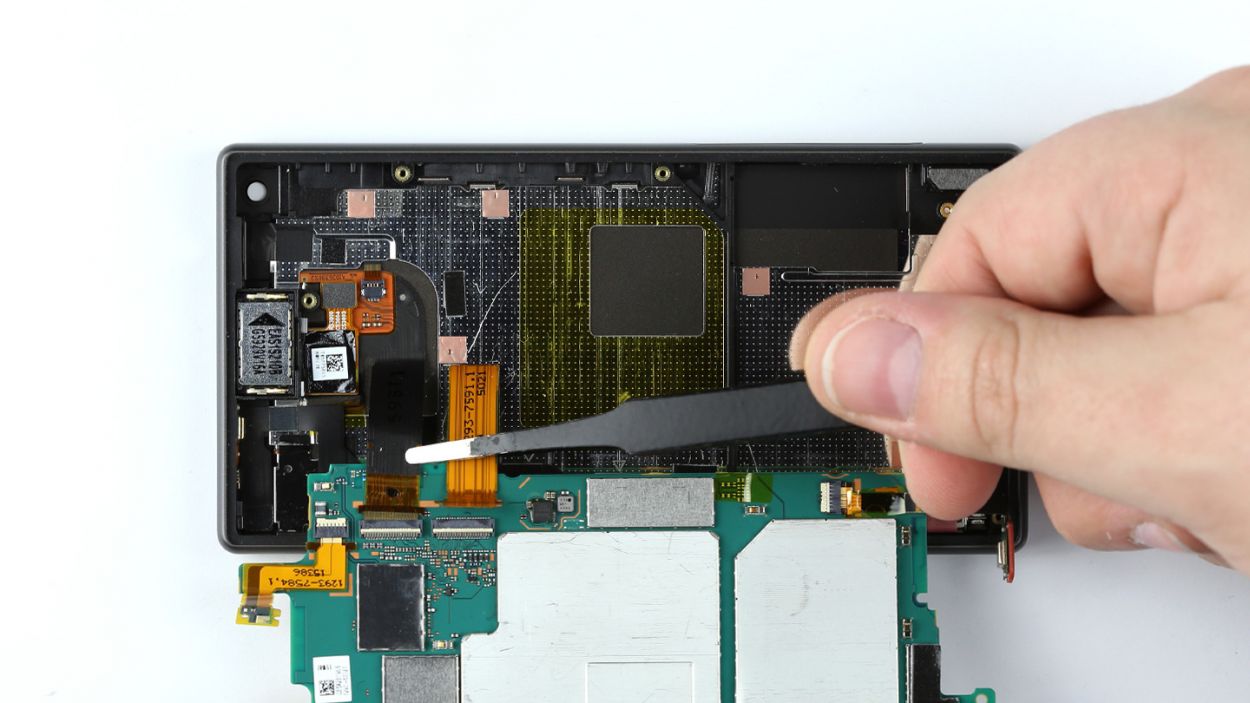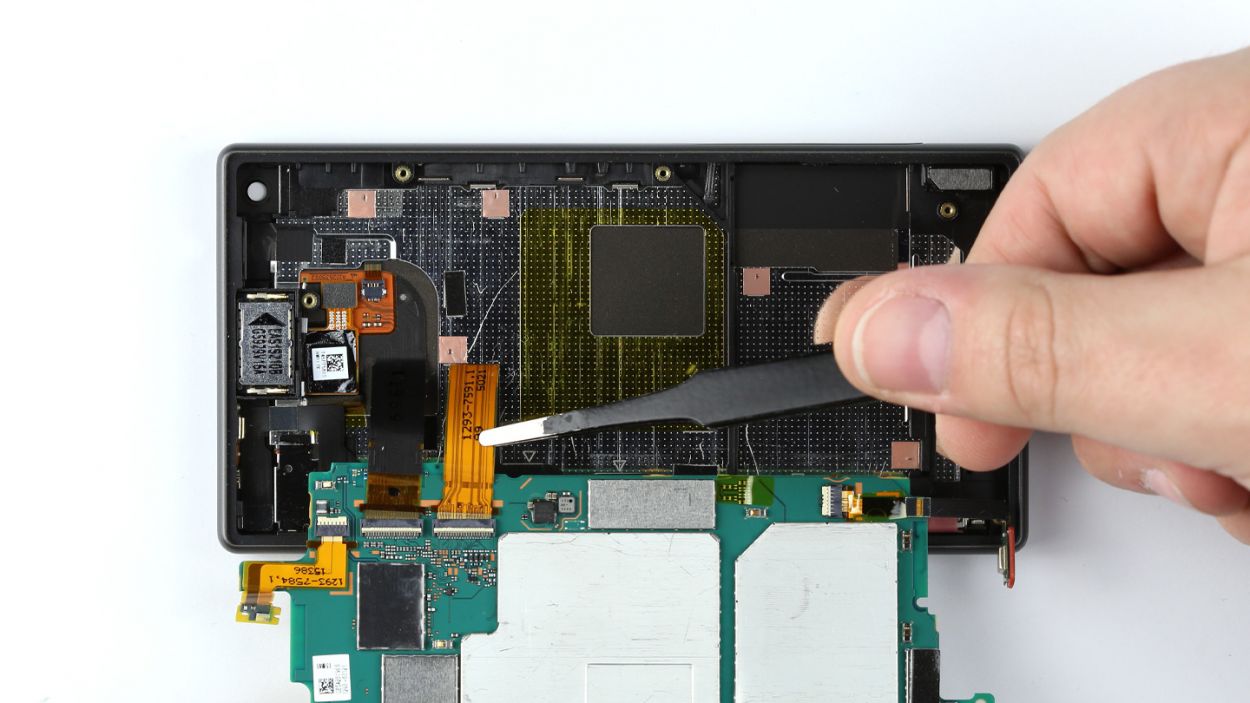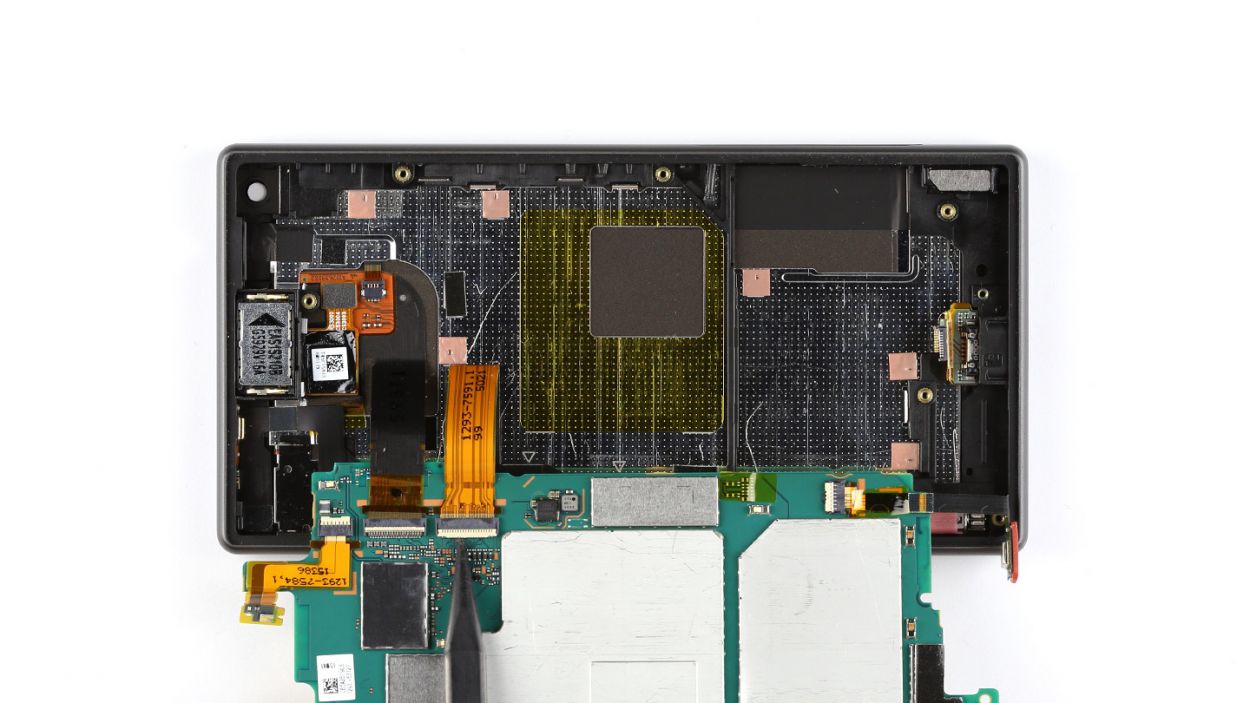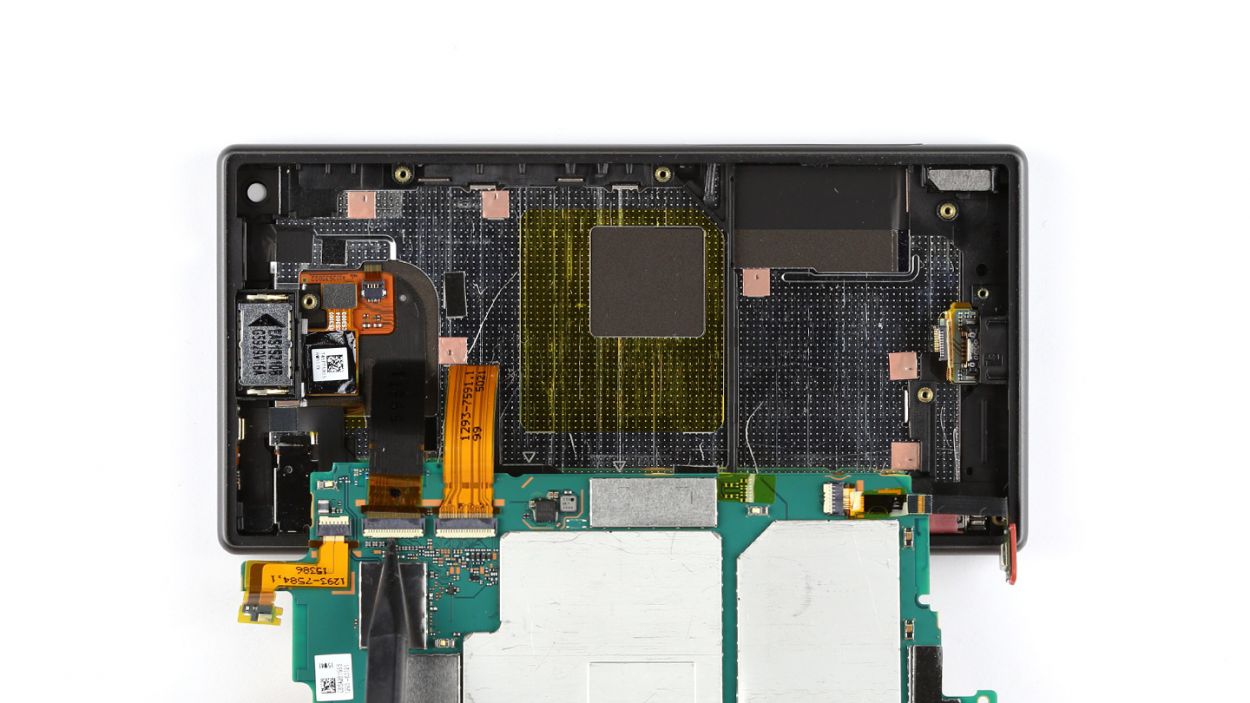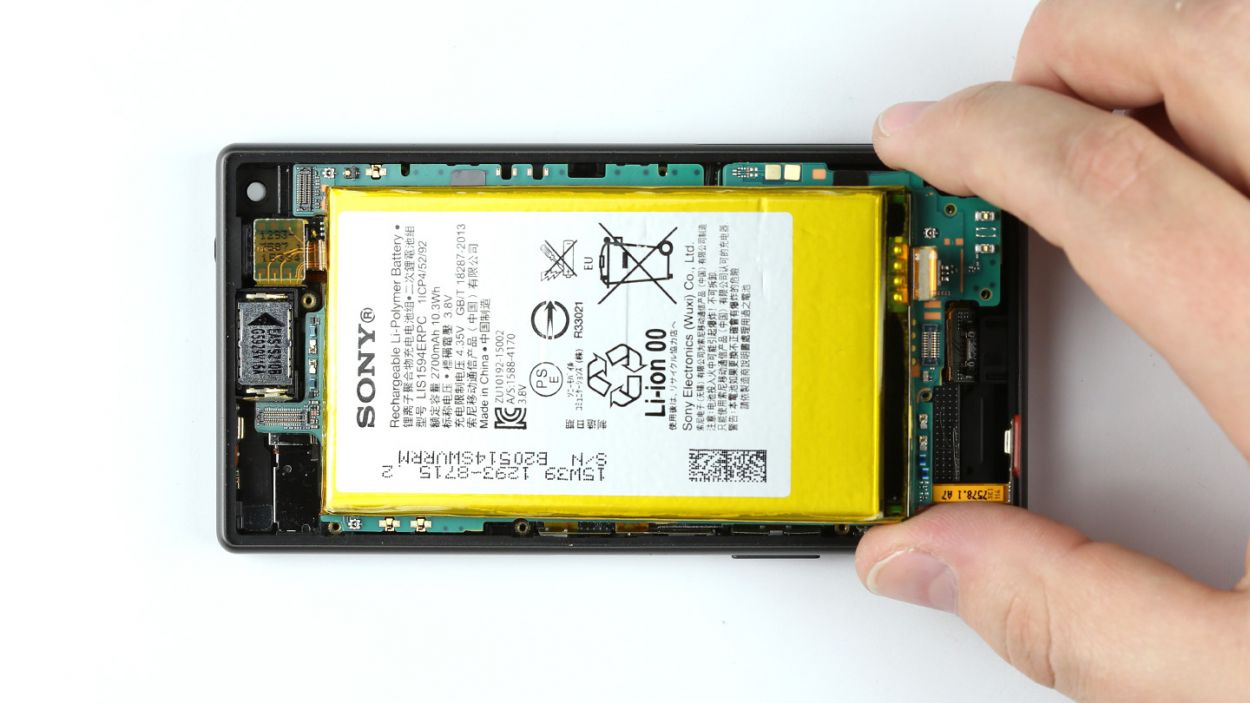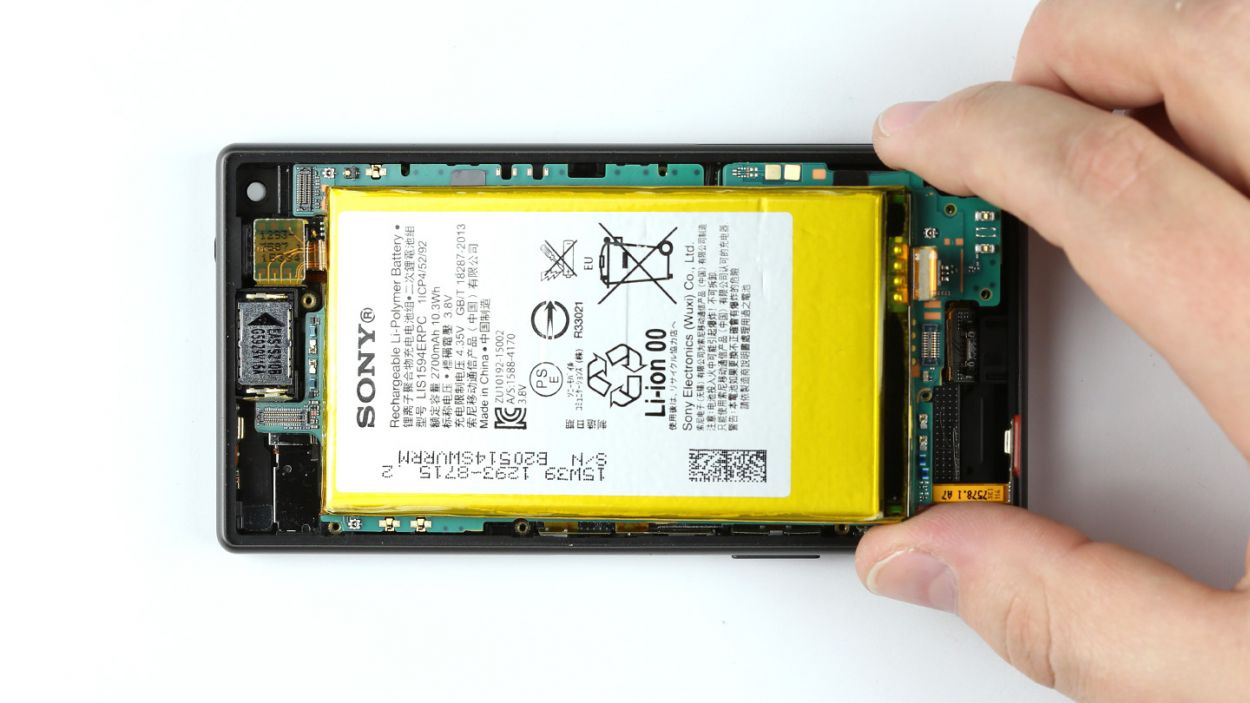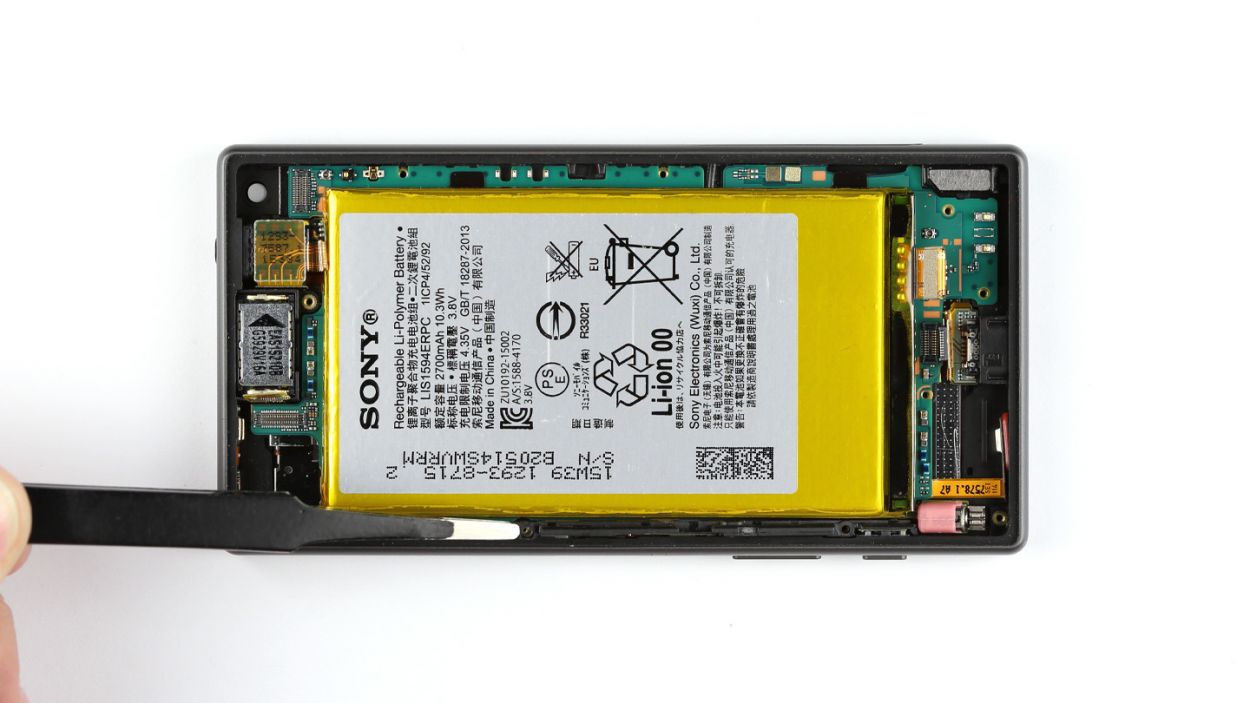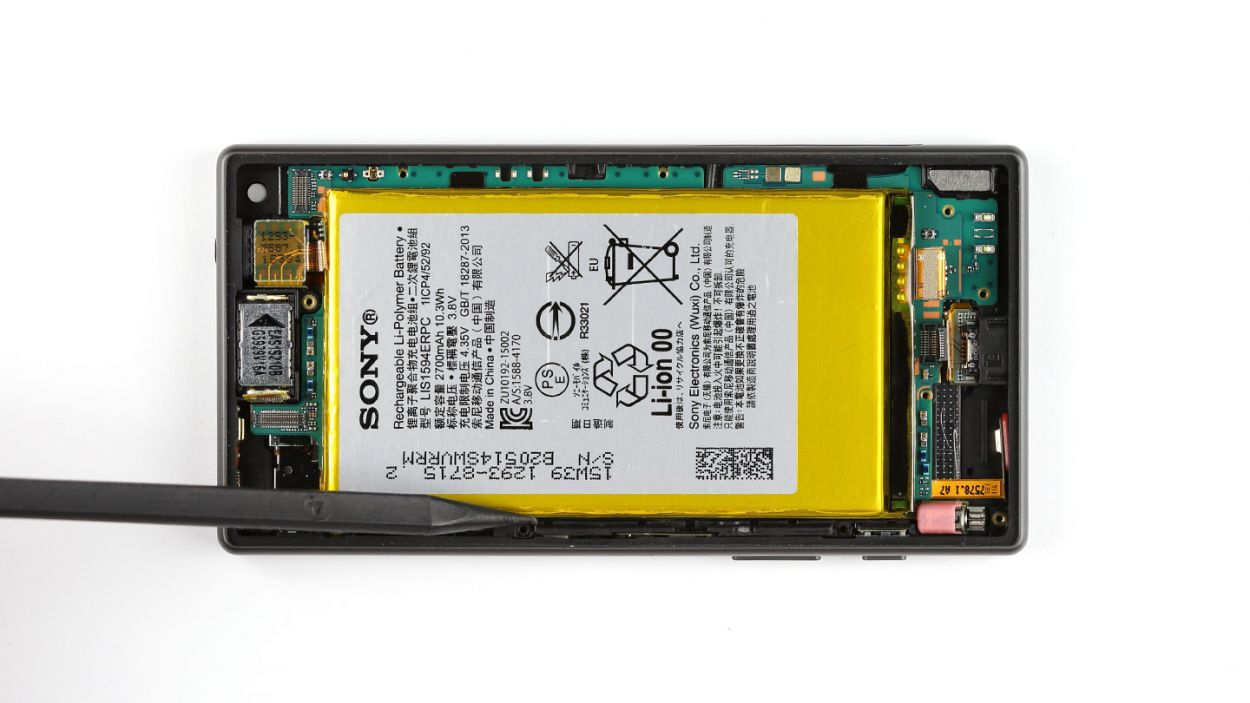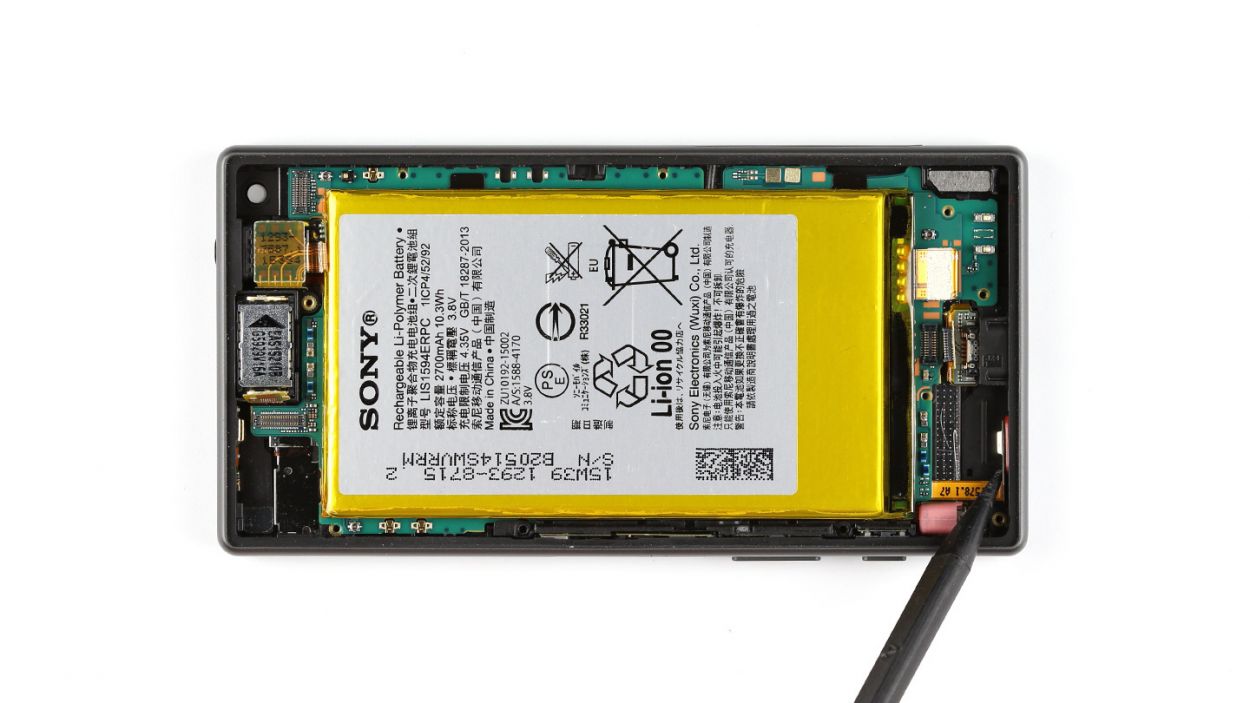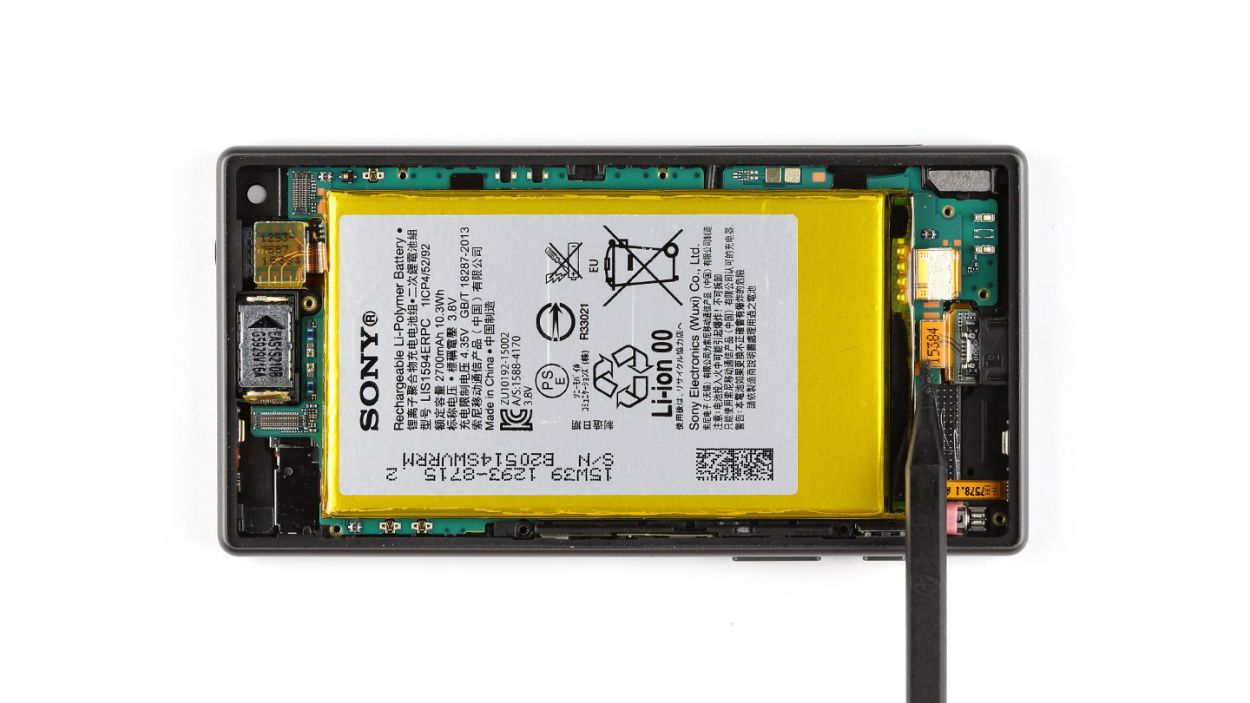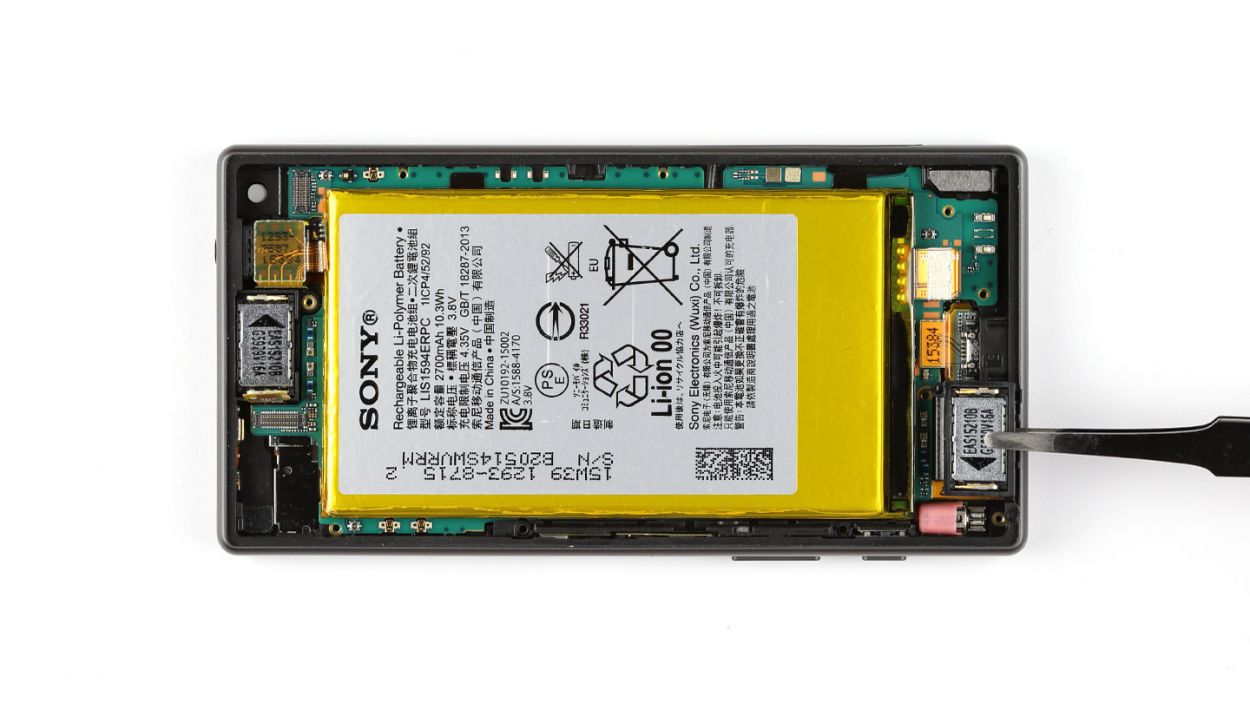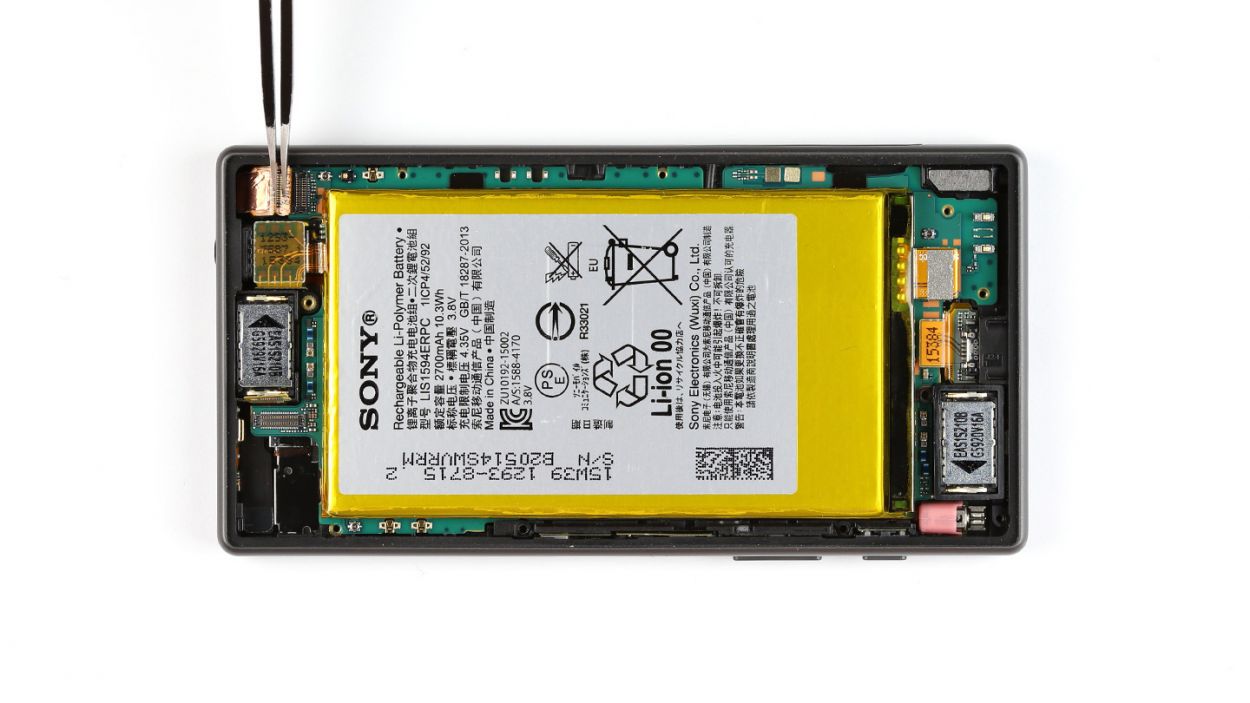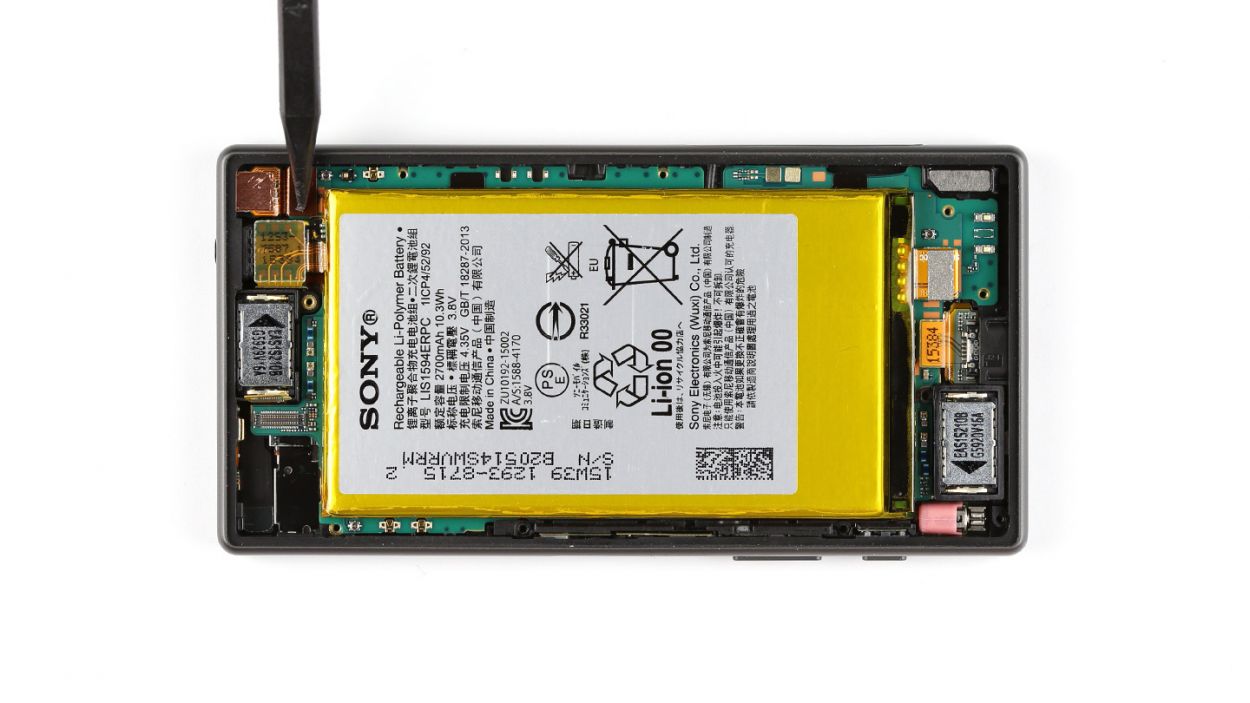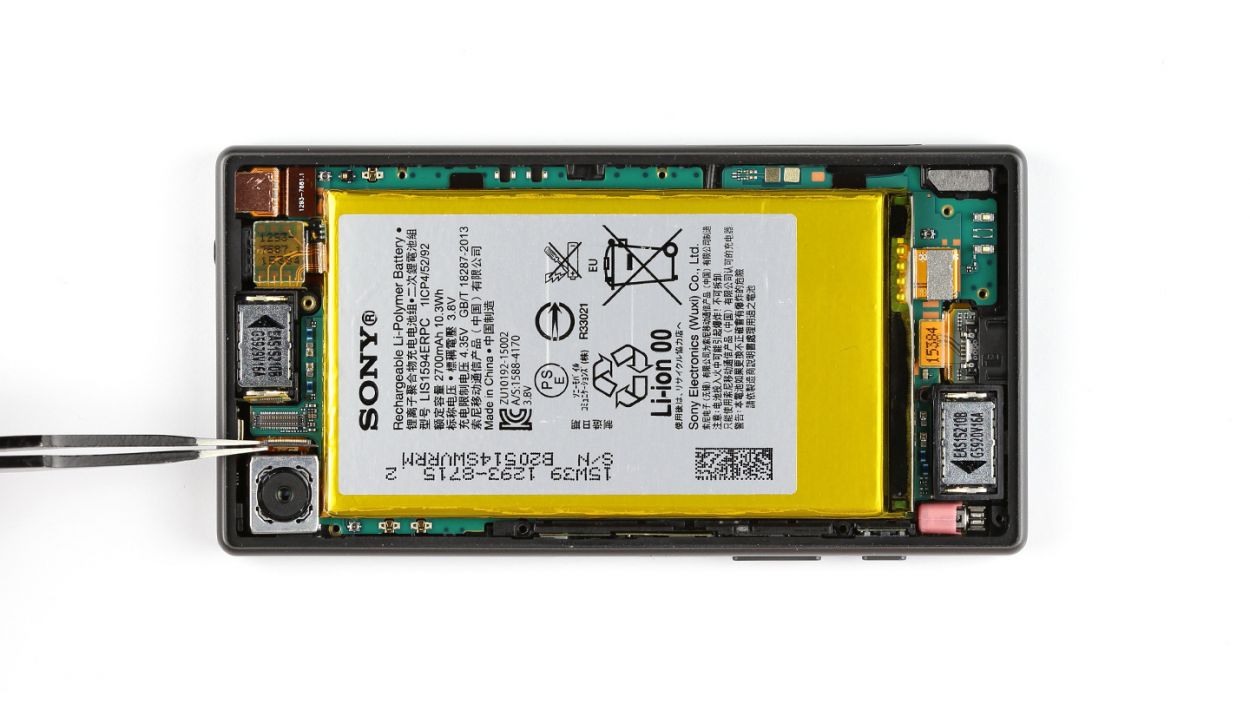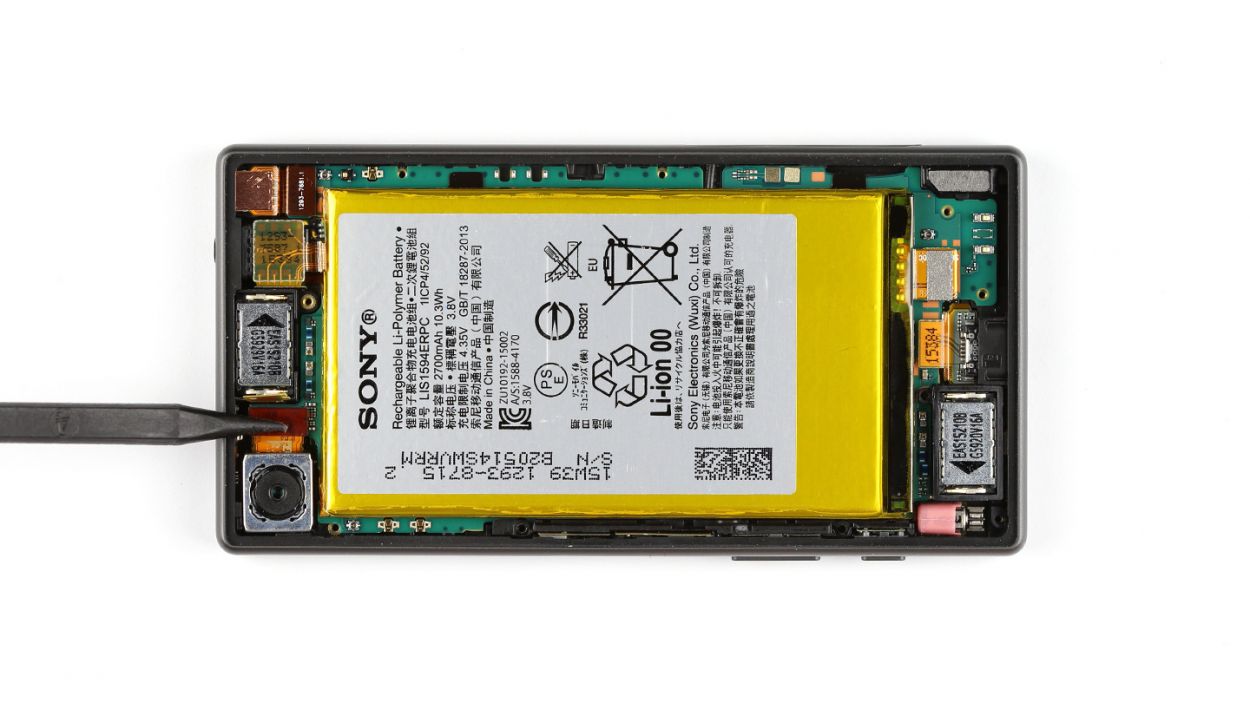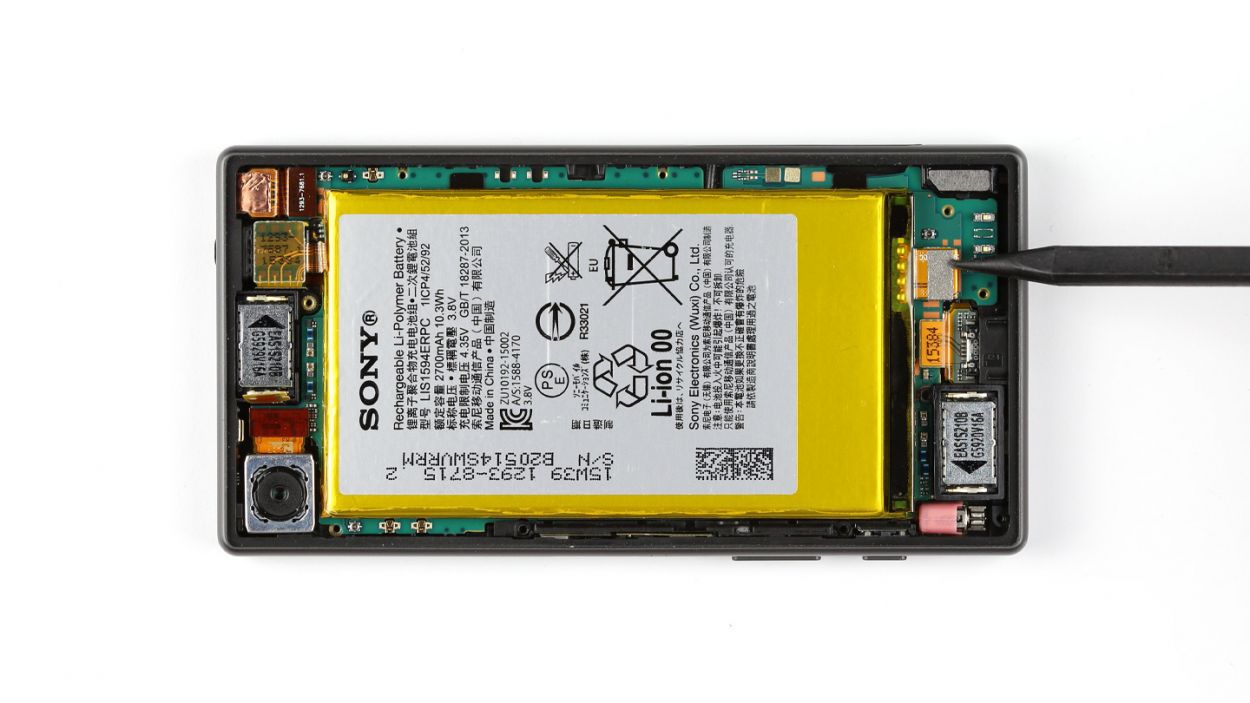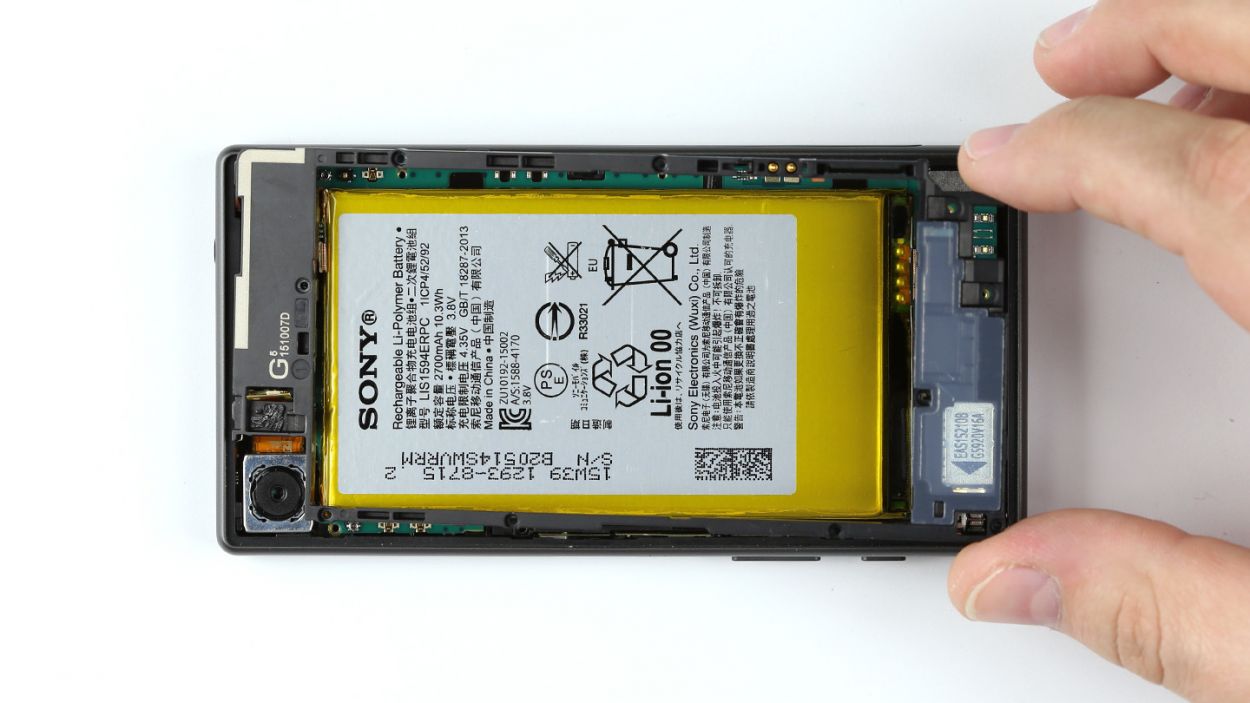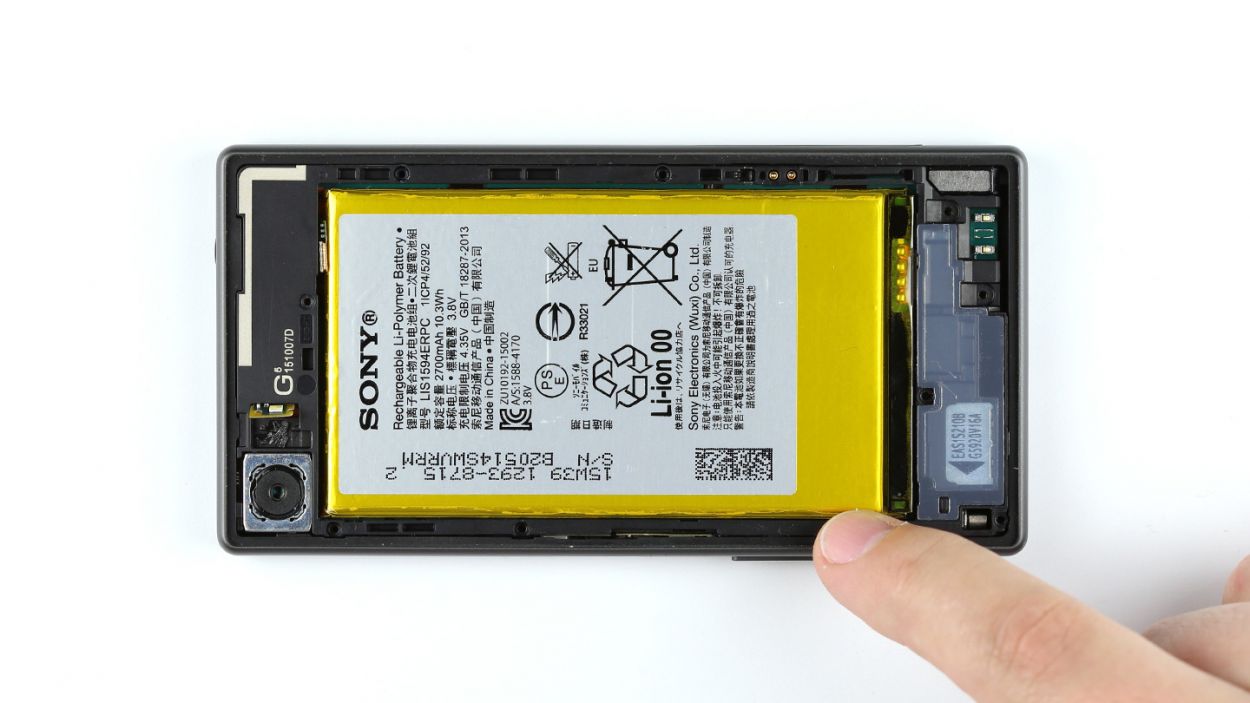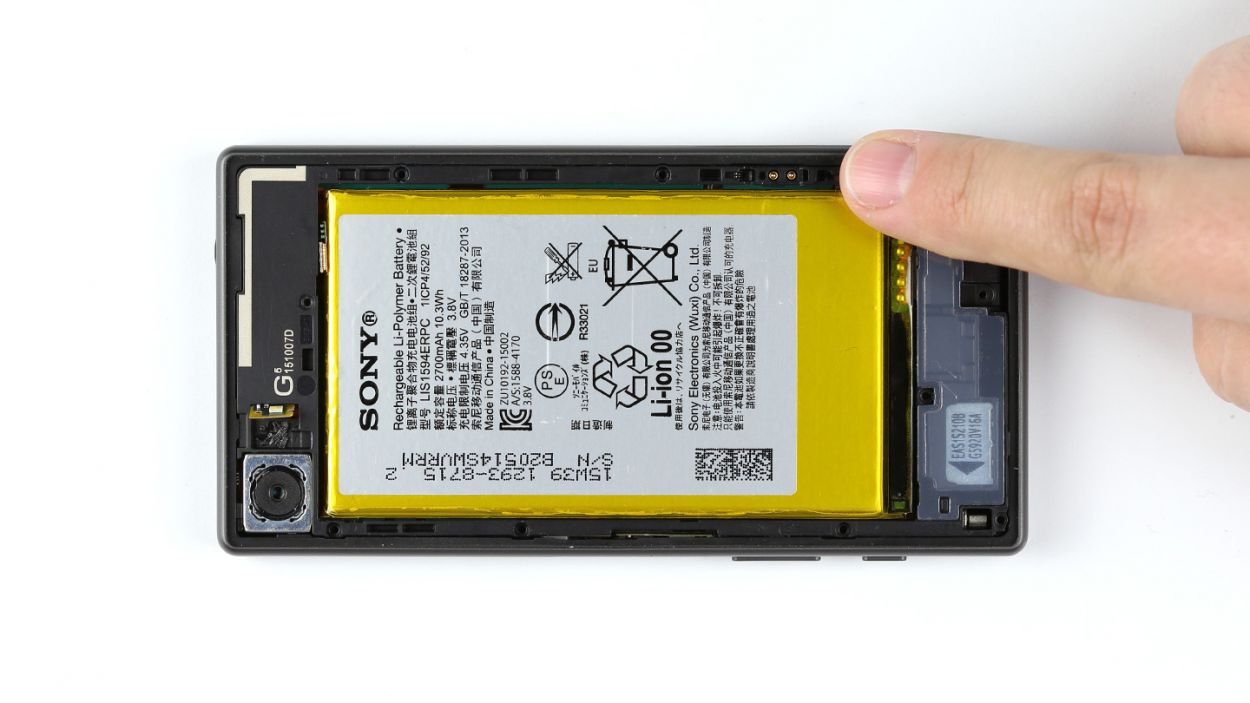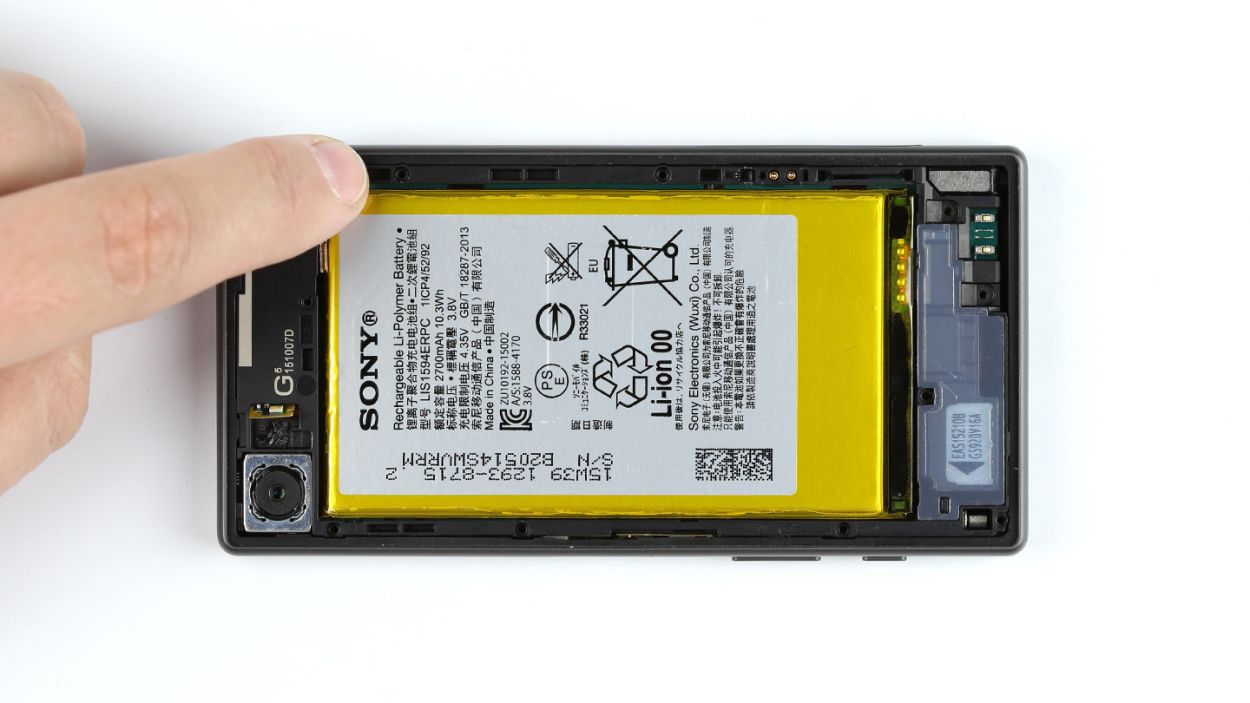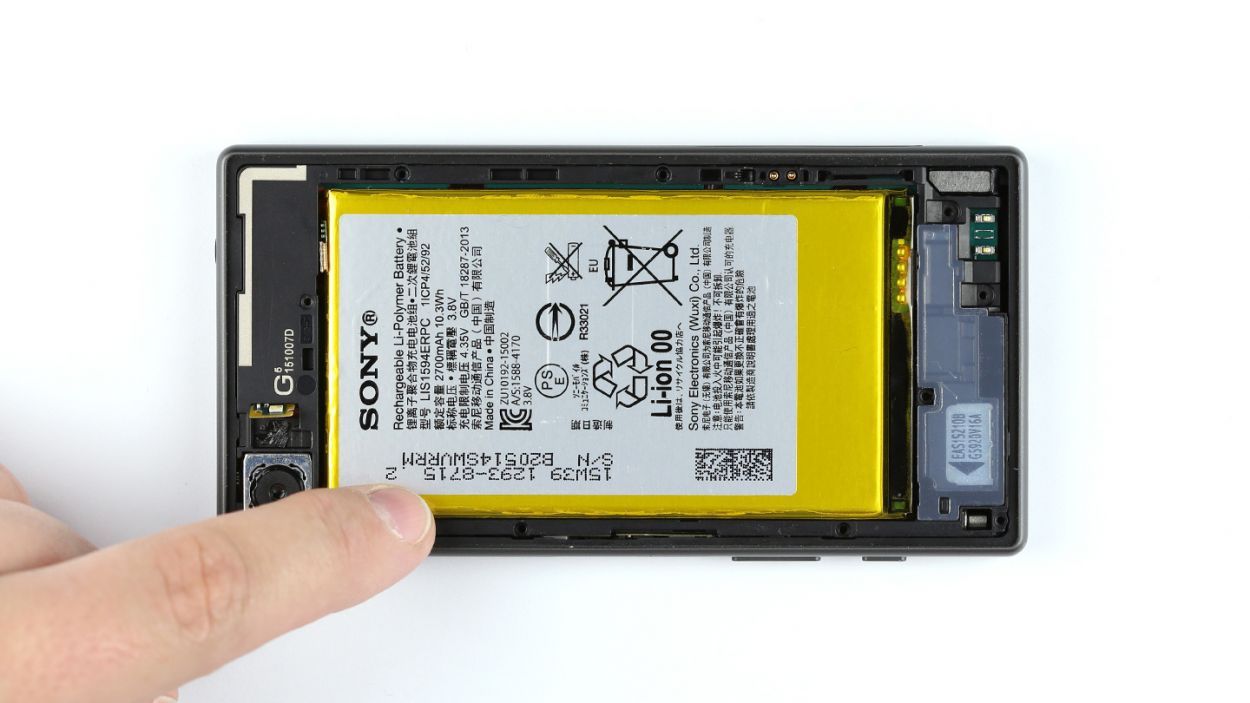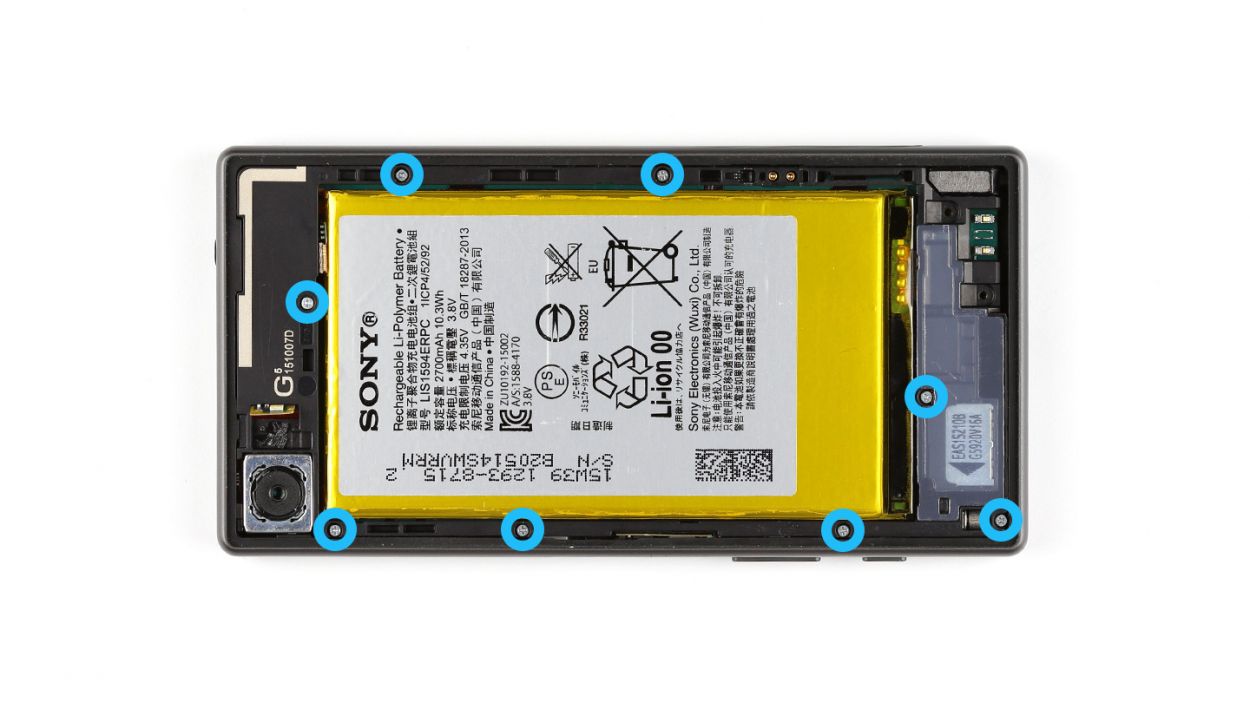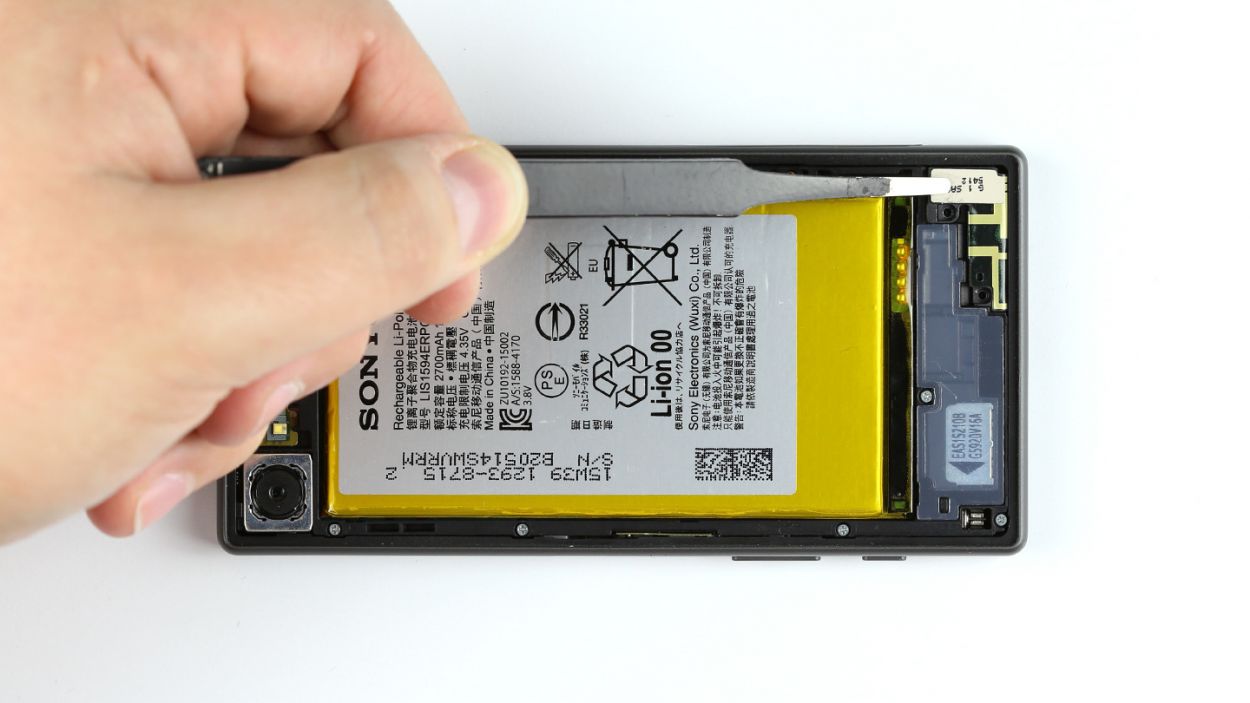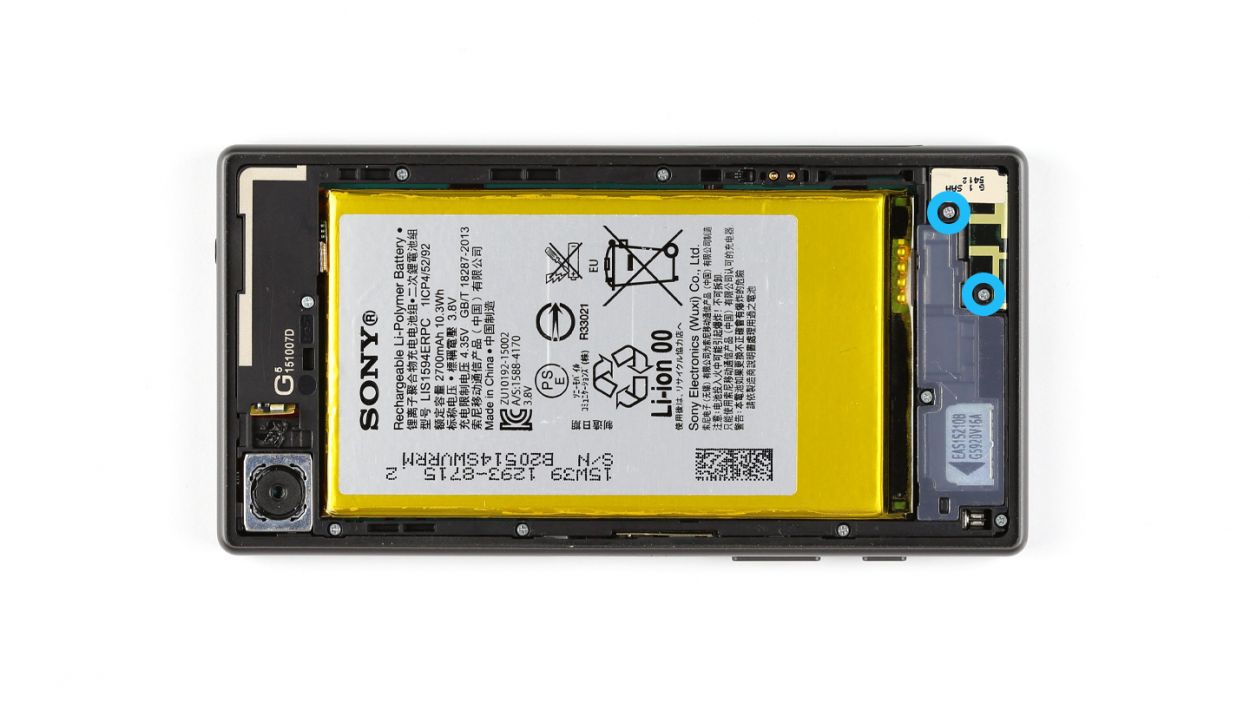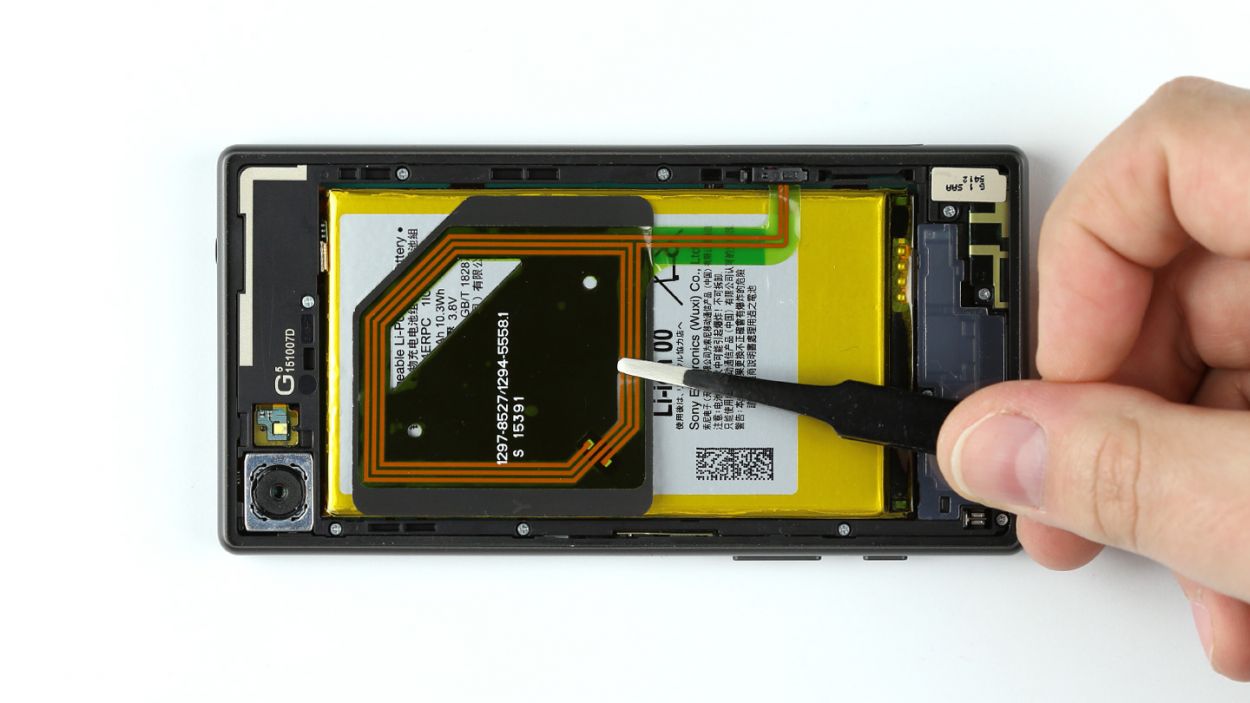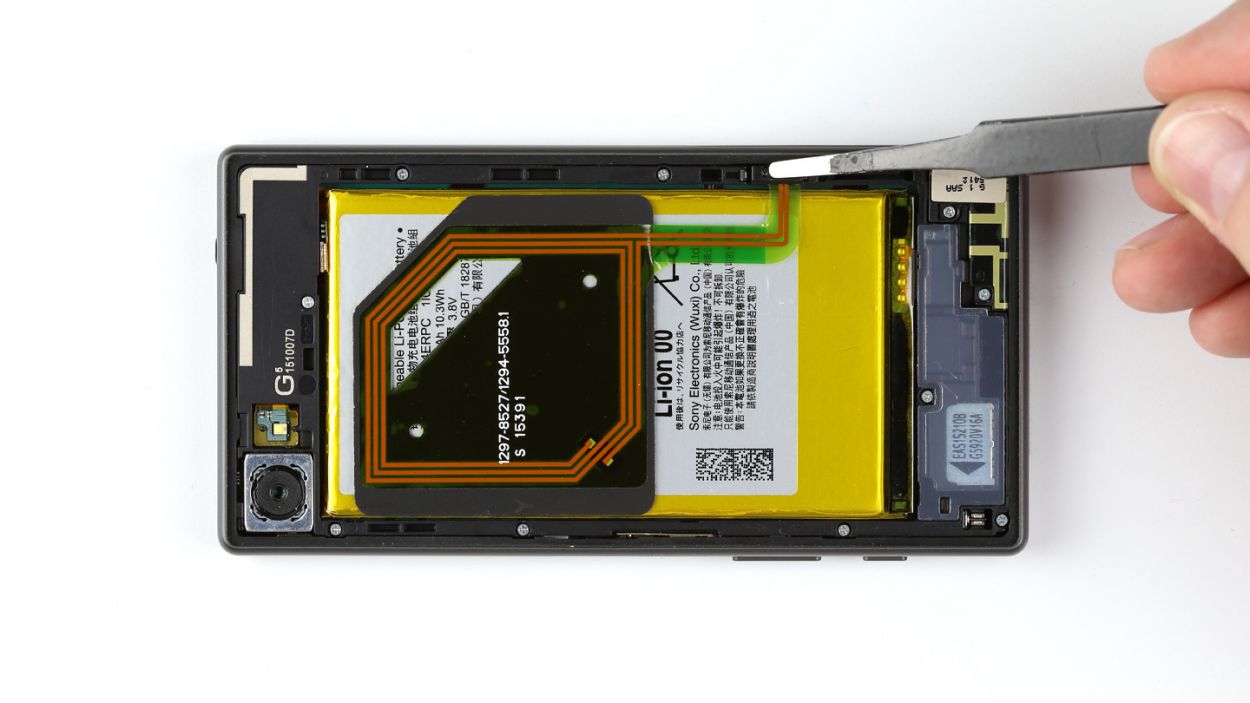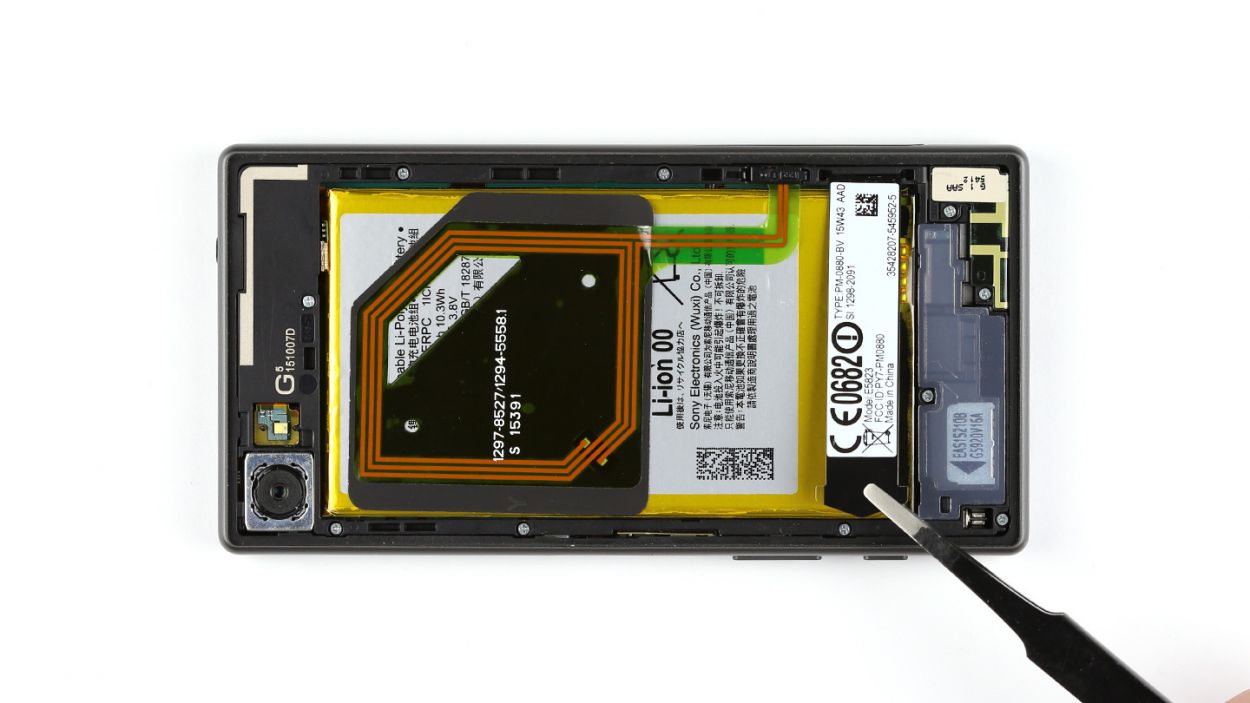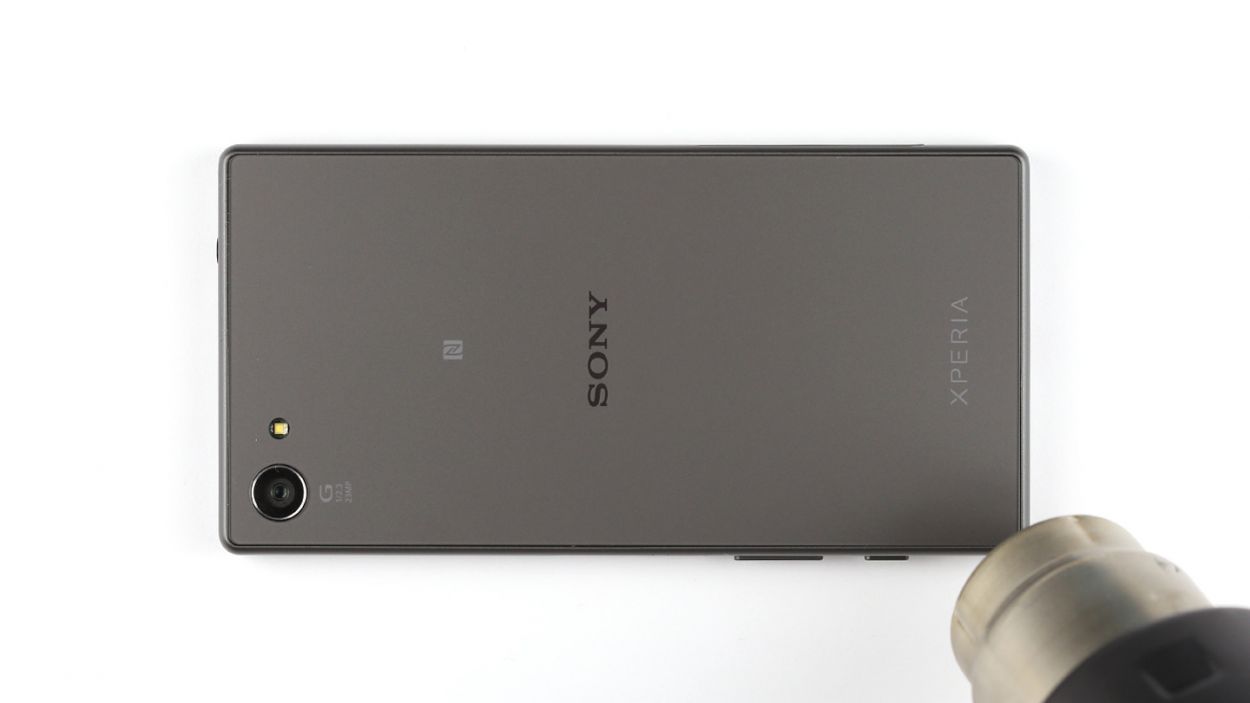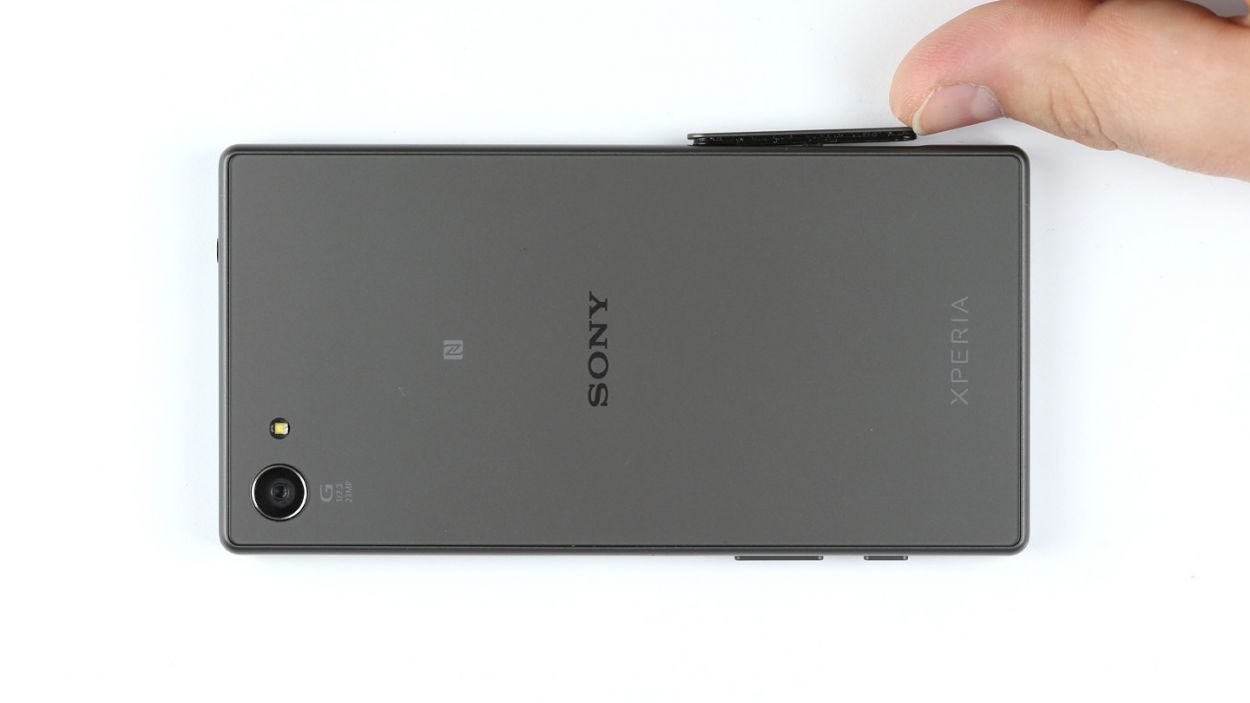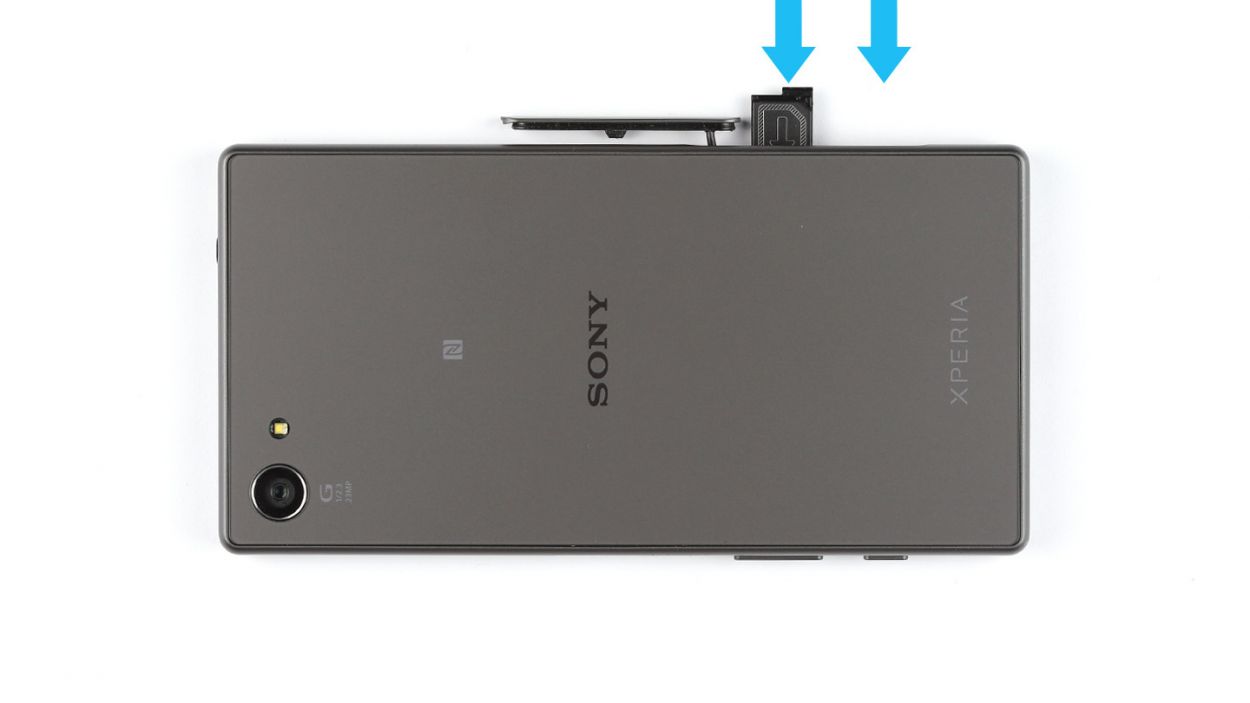DIY Guide to Replace Charging Port on Xperia Z5 Compact
Duration: 30 min.
Steps: 26 Steps
In this guide, we’re here to help you swap out that pesky charging port on your Sony Xperia Z5 Compact. If your device is playing hard to get and refuses to charge, or if your computer is giving you the cold shoulder, this repair is just what you need. Let’s get started!
Step 1
– Give that cover a gentle nudge with your finger or a spudger at the lower end of your smartphone. A little twist of 90° will help you reach the card slot with ease!
– Time to say goodbye to the SIM and microSD cards! The SIM card is snugly resting in its tray, so just pop it out.
Step 2
The inside of the back cover has a lovely paint job. Just take your time and gently remove any sticky leftovers to keep everything looking sharp and crack-free!
– First things first, the back cover is stuck on there pretty good. Grab your heat gun and warm it up a bit to loosen that stubborn glue.
– Next, let’s get a suction cup on the lower end of your device. Give it a gentle pull while you press down on the chassis with a plastic pick. Teamwork makes the dream work!
– Once you see a little gap forming between the chassis and the back cover, slide that pick right in there. Just a heads up, the inside of the back cover is painted, so be super careful when removing any leftover adhesive to avoid any scratches or cracks.
– Now, take that pick and run it around the entire device to fully separate the glue. If you’ve got a couple of picks handy, feel free to pop one into each corner for a smoother experience.
– Finally, it’s time to remove the back cover and reveal the magic inside!
Step 3
– Take out that type plate like a pro! It’s snugly fit in the SIM and microSD card slot, just waiting for you to give it a gentle nudge.
Step 4
– First up, gently unplug the NFC antenna’s connector from the chassis. Easy peasy!
– Next, let’s tackle the antenna attached to the battery. It’s a bit sticky since it’s glued on. Grab a steel laboratory spatula and carefully slide it between the antenna and the battery. If that glue is being stubborn, a little heat should do the trick to loosen it up.
– Finally, go ahead and lift off the NFC antenna. You’ve got this!
Step 5
– Let’s get started! First, grab your trusty screwdriver and unscrew those two Phillips screws that are keeping the main antenna snug as a bug. They’re 2 x 4.5 mm Phillips screws, so make sure you have the right tool in hand!
– Now that those screws are out of the way, gently remove the main antenna from the device. You’re doing great!
Step 6
– Grab your trusty steel laboratory spatula and gently pry the LED flash away from the chassis—it’s just a little stuck with glue, but you’ve got this!
– Time to tackle those eight Phillips screws holding the chassis to the display. Get ready to unscrew those 8 x 4.5 mm Phillips screws!
– The chassis is snugly hooked onto the display. Use that steel spatula to carefully separate them. Slide it right between the chassis and the display like a pro.
– Now, go ahead and lift off the chassis. You’re doing great!
Step 7
– Unplug the battery connector from the logic board and give yourself a little high-five for taking this step!
Step 8
– Gently unplug the rear camera from the logic board, like you’re giving it a little high-five.
– Carefully take out the rear-facing camera, as if you’re lifting a delicate treasure.
Step 9
– Disconnect the front camera’s contact from the logic board.
– Remove the front camera from the enclosure.
Step 10
– Pop that speaker out of its cozy little home!
Step 11
– First things first, let’s unplug that Micro-USB port from the logic board. Easy peasy!
– Now, grab your trusty steel laboratory spatula and gently pry the voice microphone away from the display frame. Be careful, it’s a delicate operation!
– Next up, use that same steel spatula to lift the vibrator motor out of the display frame. You’ve got this!
– Time to detach the plastic bar that’s keeping the logic board snug in the display frame. Once it’s free, go ahead and remove it.
– With a gentle touch, lift the logic board using the flat end of your spudger and pull it partway out of the display frame. You’re making great progress!
– Finally, disconnect the headphone jack from the display frame. Almost there!
Step 12
– Alright, let’s get that logic board out! It’s snugly attached to the bottom of the display. Gently fold it over at the side where the volume rocker switch is hanging out.
– Next up, peel off the polyamide film that’s shielding the contacts. Make sure to hold onto that film; you’ll need it when we put everything back together.
– Now, it’s time to disconnect those two display contacts. Give them a little wiggle and they should come free.
– Carefully lift them away from the logic board.
– Finally, let’s remove the logic board itself. You’re doing great!
Step 13
– Grab your trusty steel spatula and gently pry the Micro-USB port away from the display frame. Take your time, we believe in you!
– Now, go ahead and remove the port. You’ve got this!
Step 15
– First up, connect those two display cables to the logic board—let’s get things hooked up!
– Next, grab that polyamide film and lay it down to keep those display contacts safe and sound. If it’s not sticking like it should, feel free to use a different type of tape to get the job done.
– Now, with a gentle touch, fold the logic board back into its cozy spot. You’re doing great!
Step 16
– Gently guide the headphone jack into the display frame’s opening and carefully place the logic board back in its home.
– Slide the bar back into the enclosure and use it to snugly secure the logic board in place.
– Pop in the vibrator motor and the voice microphone into their cozy spots within the enclosure.
– Connect the Micro-USB port to the logic board and make sure it’s all set to go!
Step 17
– Time to snuggle that speaker into its enclosure!
Step 18
– Gently place the front camera into its cozy little home in the enclosure.
– Now, let’s connect that front camera to the logic board and get it all set up!
Step 19
– Carefully place the rear camera back where it belongs in the enclosure.
– Give a gentle nudge to connect the rear camera to the logic board.
Step 20
– Connect the battery contact to the logic board.
Step 21
– First, let’s get that chassis cozy on the display.
– Give the chassis a gentle press until it clicks into the display frame like a puzzle piece.
– Now, grab those eight Phillips screws and secure the chassis to the display – we’re talking 8 x 4.5 mm Phillips screws here.
– Finally, attach the LED flash to the chassis and light things up!
Step 22
– Time to get your antenna on! Place the main antenna snugly in the enclosure.
– Secure the main antenna to your device with those trusty two Phillips screws (2 x 4.5 mm, to be exact). If you need help, you can always schedule a repair.
Step 23
– Get that NFC antenna cozy on the battery! Just press it down so the glue can do its magic and stick back together.
– Now, let’s connect the NFC antenna’s plug to the chassis. Make sure it’s snug and secure!
Step 24
– Time to get that type plate in place! Simply attach it in the SIM and microSD card slot, and you’re all set!
Step 25
– Let’s get that back cover snugly on the chassis! Press it down firmly along all the edges to make sure it sticks like a champ.
– If you’re having a tough time getting it to stick, try warming up the back of the device a bit. A little heat goes a long way! You might also want to use a clamp to keep constant pressure on the back cover while it sets.
Step 26
– If the cover is back in place, give it a gentle nudge with your finger or a spudger to pop it open again. You can twist the cover 90° to make it easier to reach that sneaky card slot.
– Now, it’s time to slide those SIM and microSD cards back into their cozy homes. Just place the SIM card back in the tray, and you’re all set!
